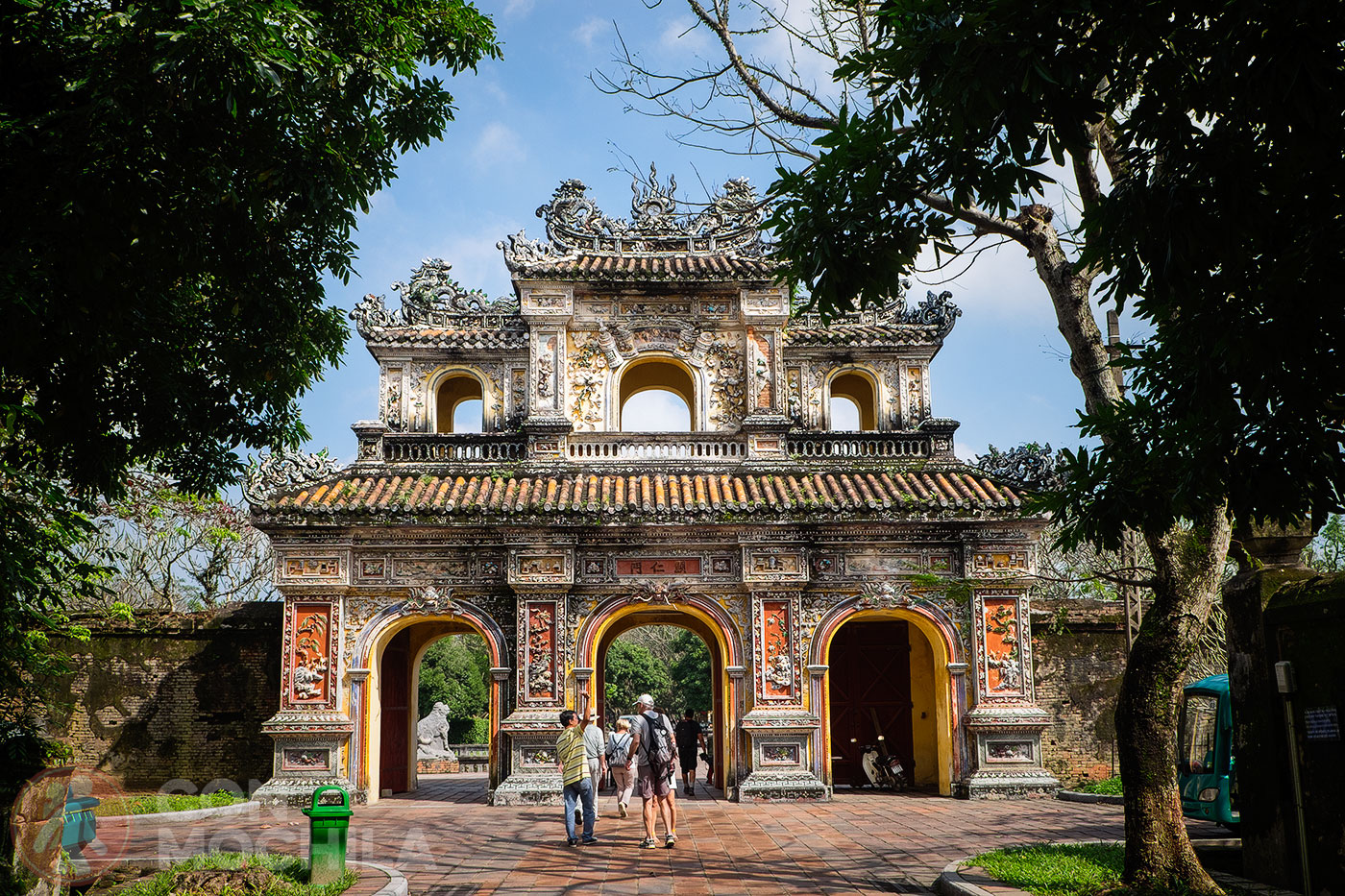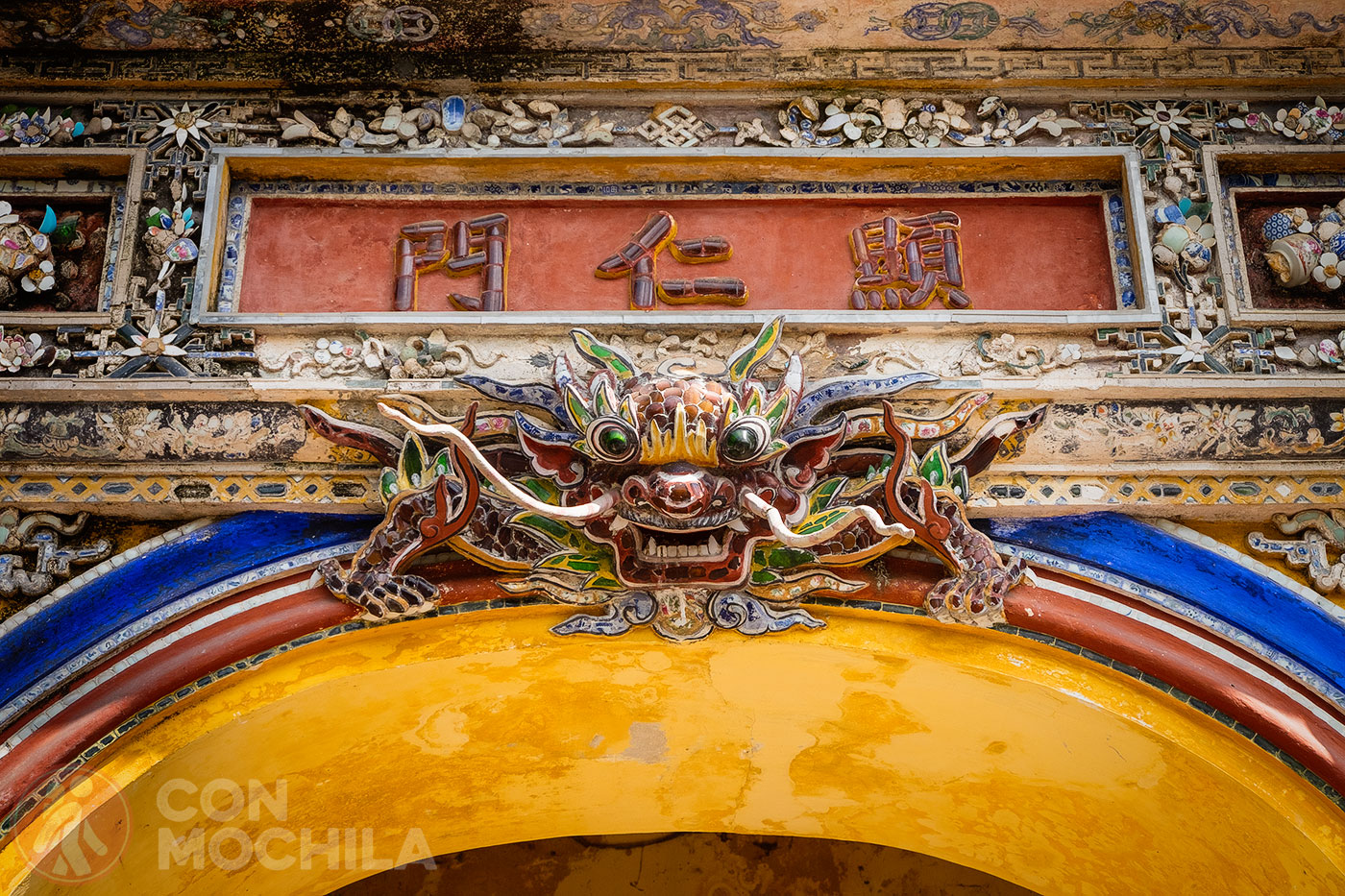The city of Hue, the ancient capital of Vietnam during the Nguyen dynasty, is home to several sites of such importance and beauty that UNESCO declared the entire monumental complex of this city a World Heritage Site in 1993. Among these, today we are going to discover the Citadel of Hue, one of the most famous places in the city, along with the imperial tombs, and which we visited with our Km0 on a very sunny day.
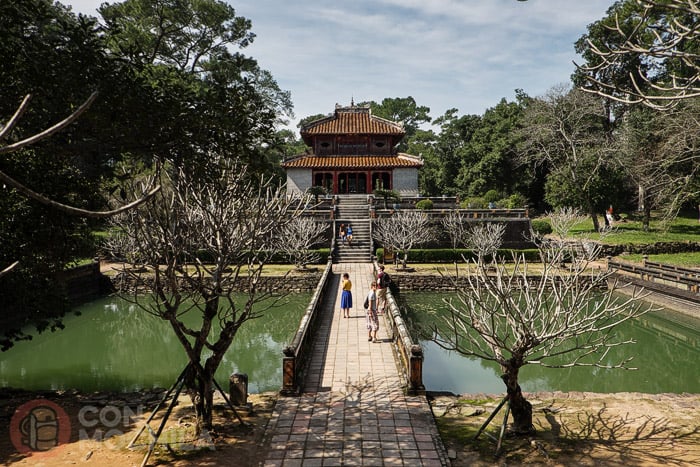
If you plan to visit the Citadel, you can choose to explore it on your own or book a guided tour of Hue, which includes this impressive complex as well as the famous imperial tombs. The choice is yours!
Located next to the Perfume River, the Citadel of Hue (Kinh Thanh) was once a small city where the emperor resided. It is surrounded by a 10 km-long perimeter wall, 2 meters thick, and protected by a 30-meter-wide, 4-meter-deep moat.
There are 10 gates leading into the complex, each accessed by crossing a bridge over the moat.
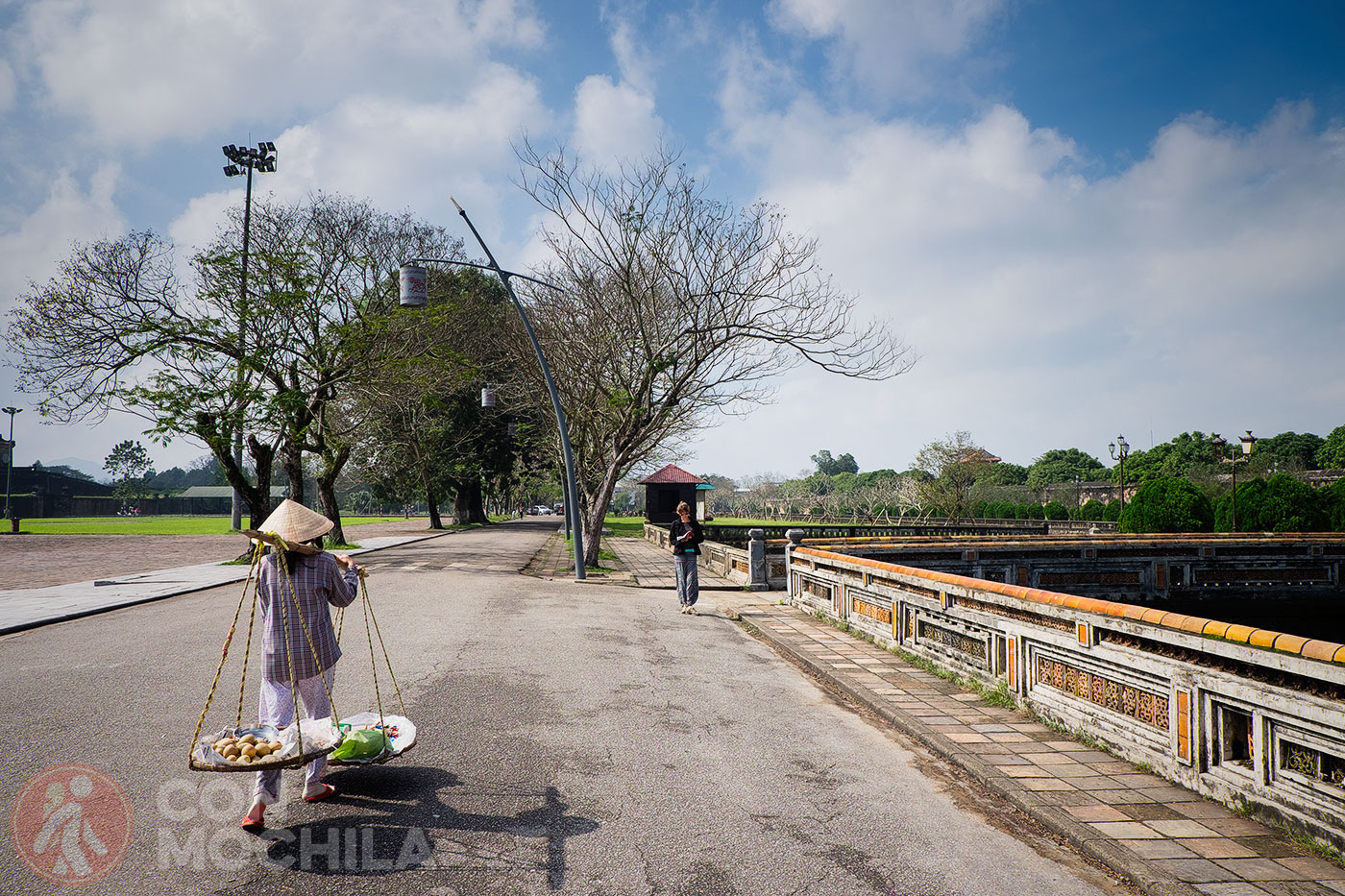
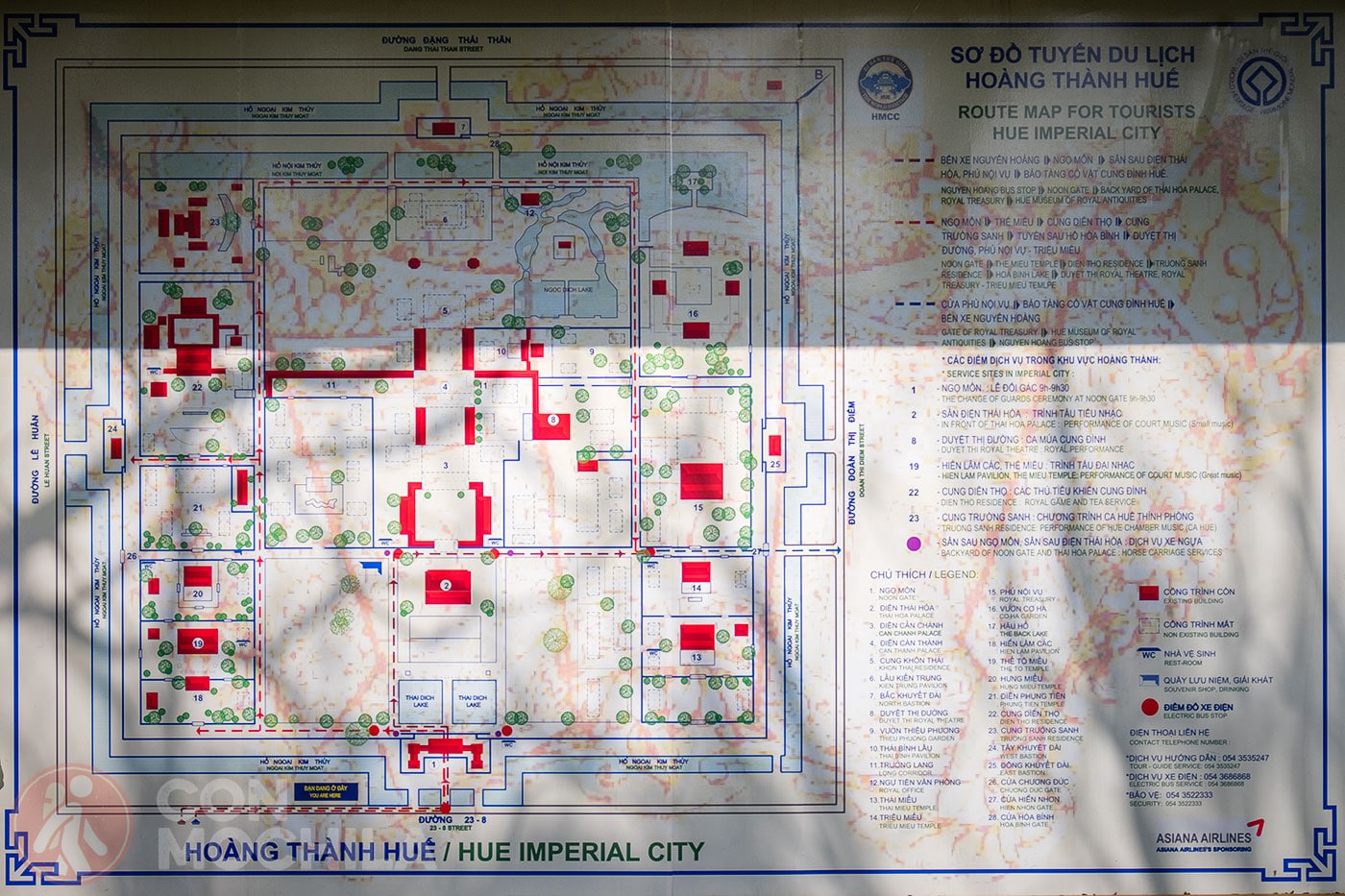
Standing in front of Ngo Mon Gate, the main entrance to the Imperial Enclosure, is the Banner Tower (Cột Cờ), also known as the King’s Knight, which holds the tallest flagpole in Vietnam.
Built in 1809, it has endured multiple destructions, whether by typhoons or military conflict. In 1949, it was restored to its current appearance.
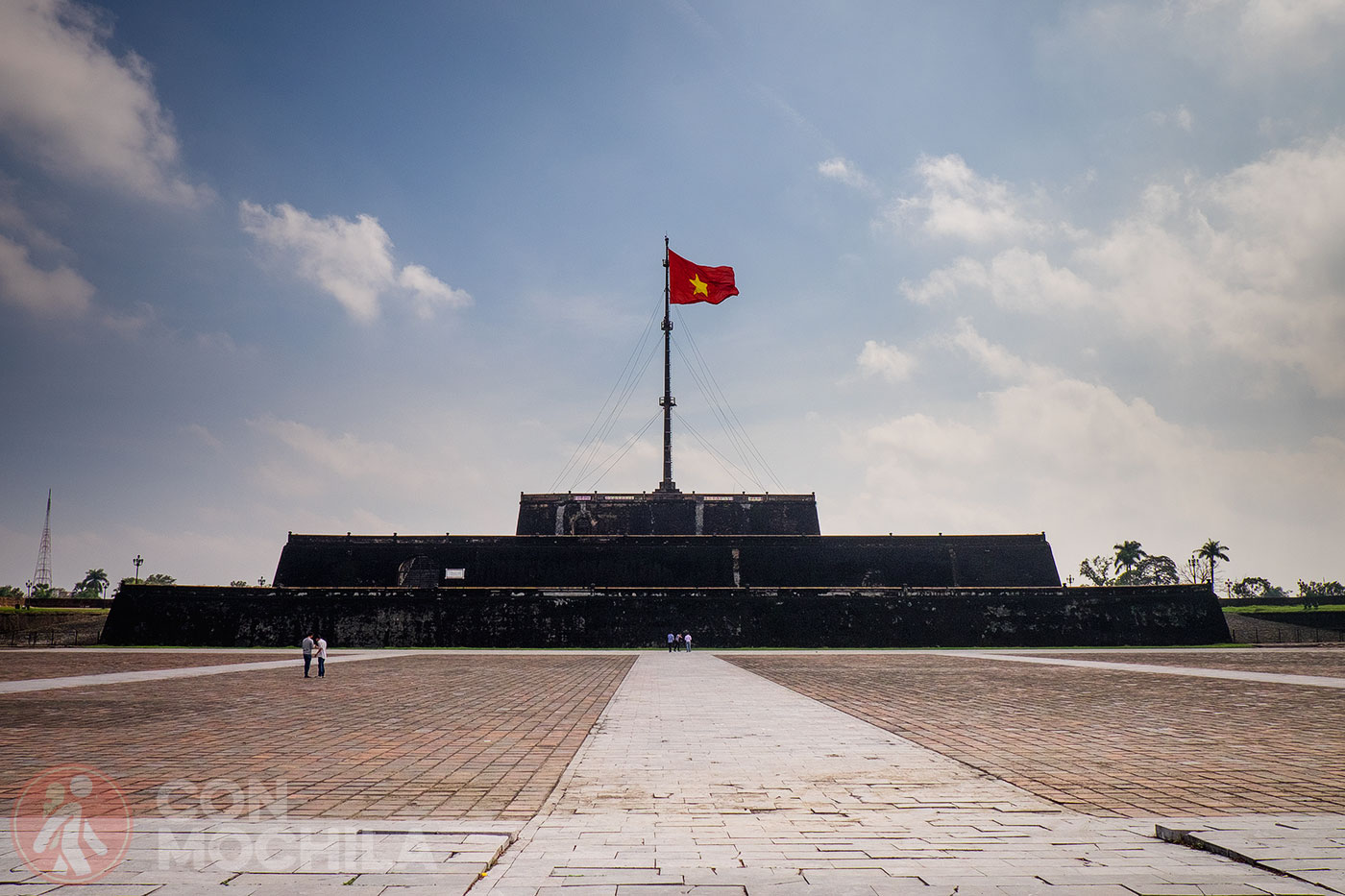
However, during the Vietnam War, the Viet Cong managed to raise the National Liberation Front flag over the tower for three and a half weeks. Today, the flag flying is Vietnam’s official flag.
The Imperial Enclosure of Hue’s Citadel was the political and administrative center, where all official duties and functions of the emperor took place. Located within the main Citadel, it forms a smaller city within the larger one. Its surrounding walls are 6 meters high and 2.5 km long.
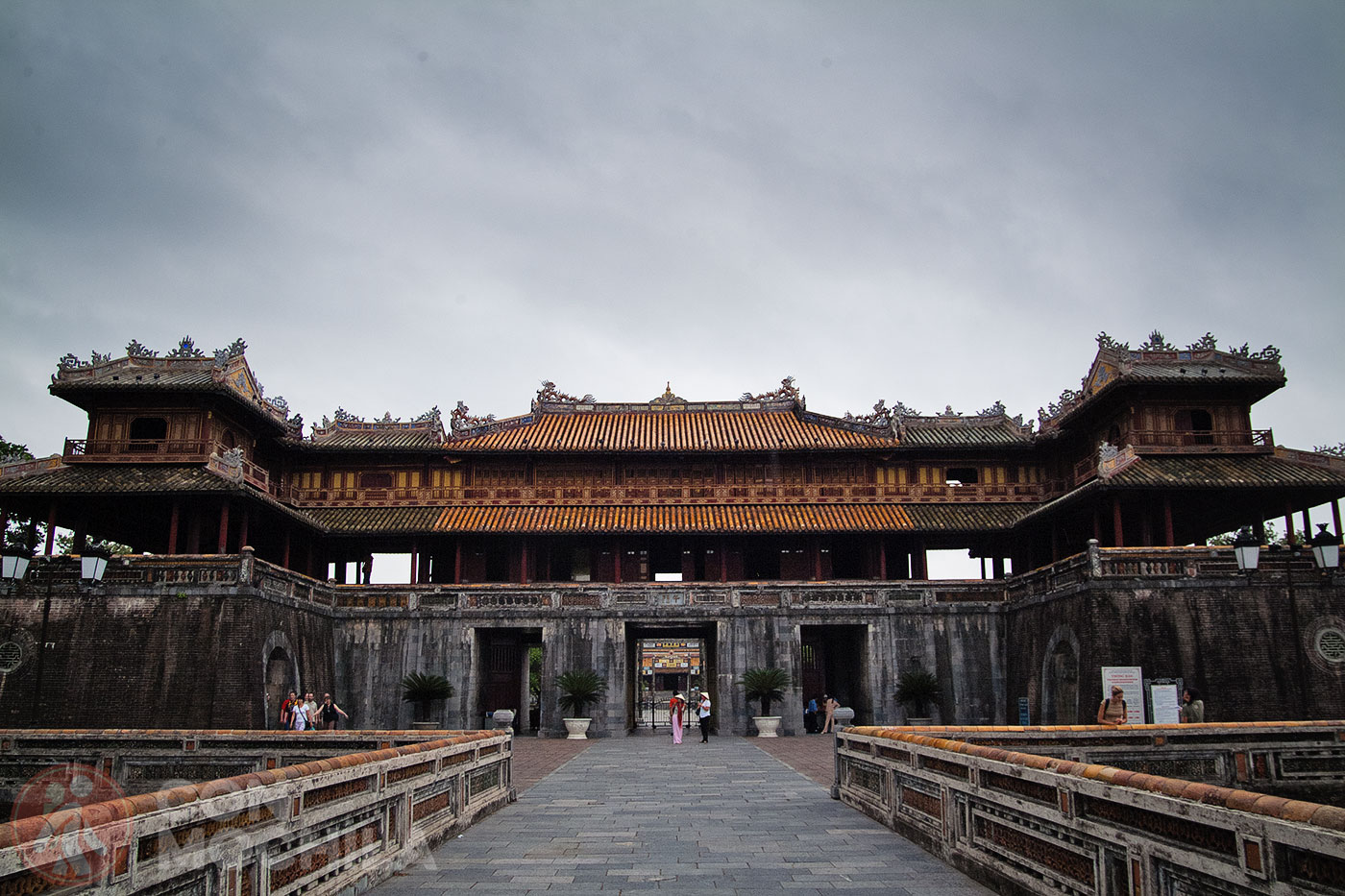
The main entrance is Ngo Mon Gate, whose central passage was exclusively reserved for the emperor, while the side entrances were used by everyone else.
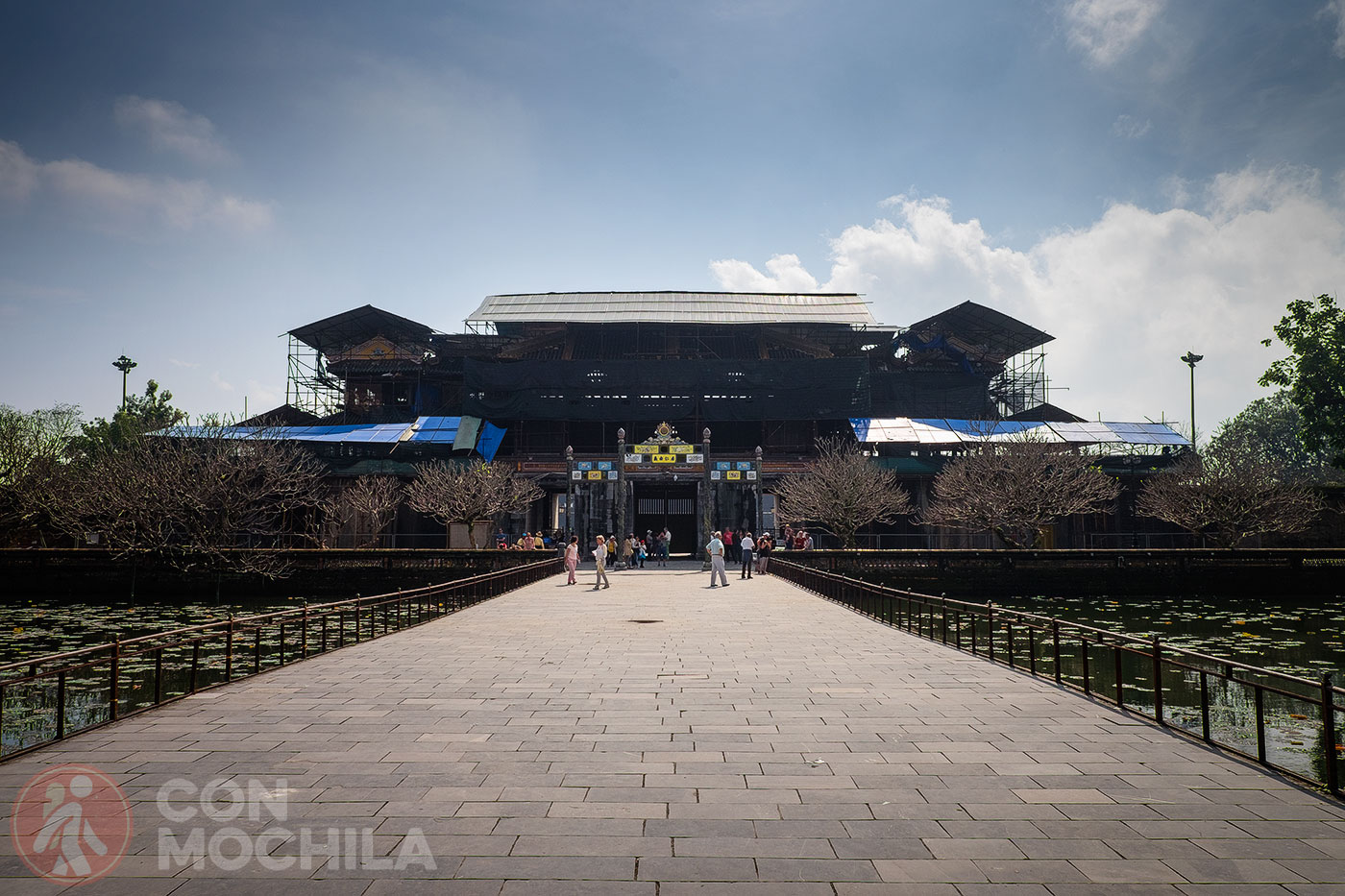
As you step through Ngo Mon Gate, you will immediately catch a glimpse of Thai Hoa Palace (Palace of Supreme Harmony).
This hall features a wooden ceiling supported by 80 intricately carved and lacquered columns. To reach it, you must cross the Trung Dao Bridge, also known as the Golden Water Bridge, which spans a lotus-filled lake.
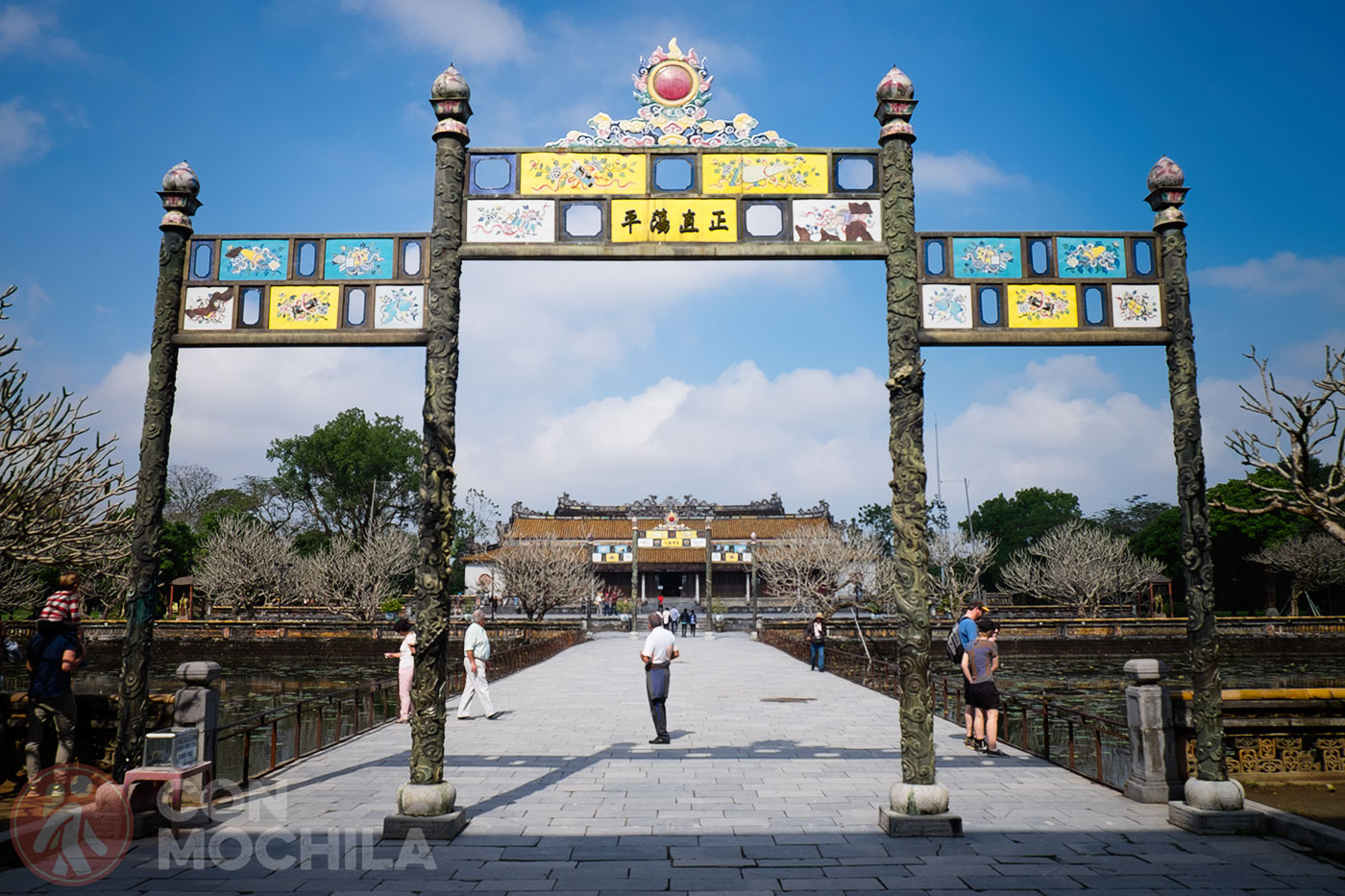
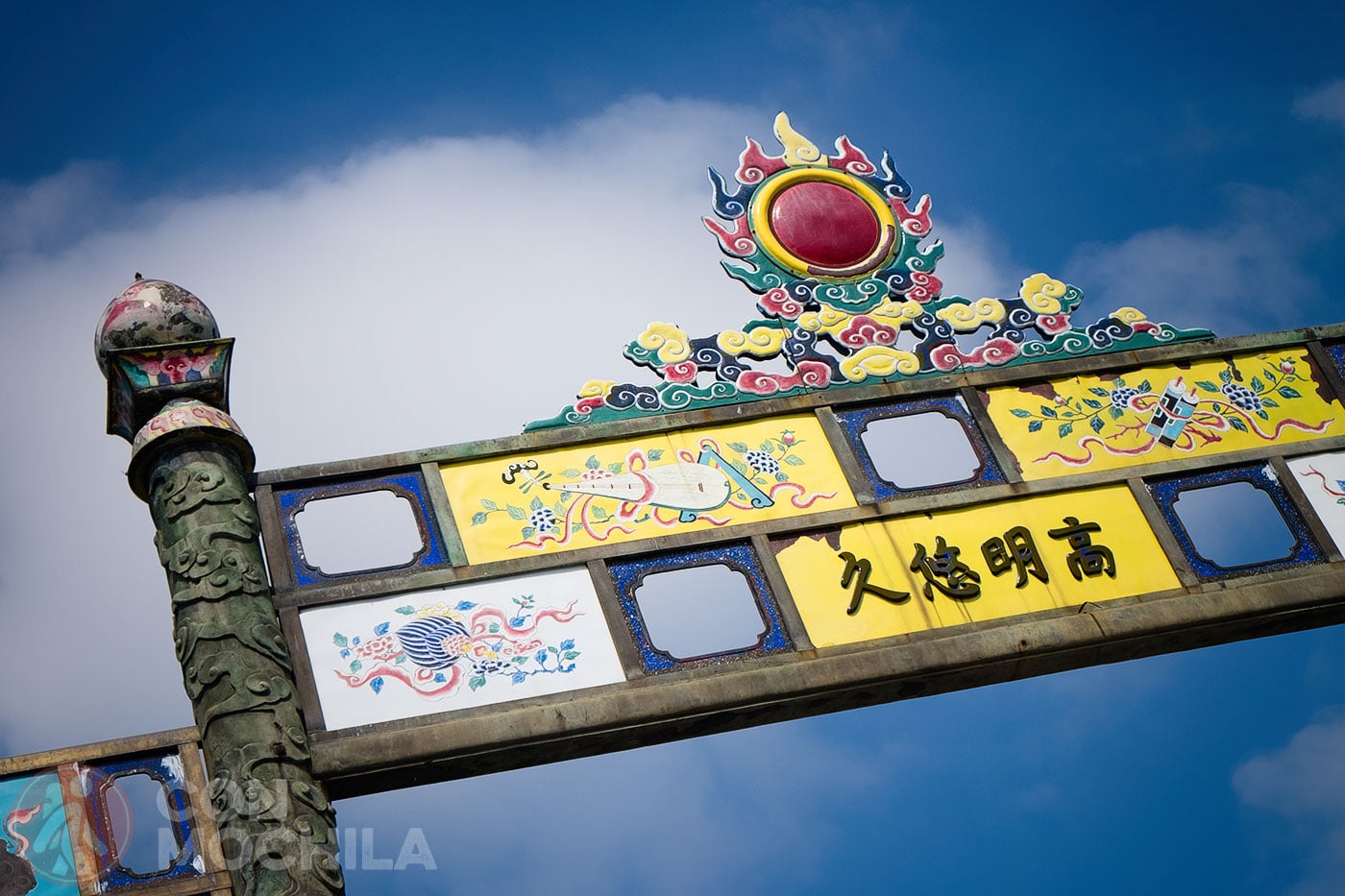
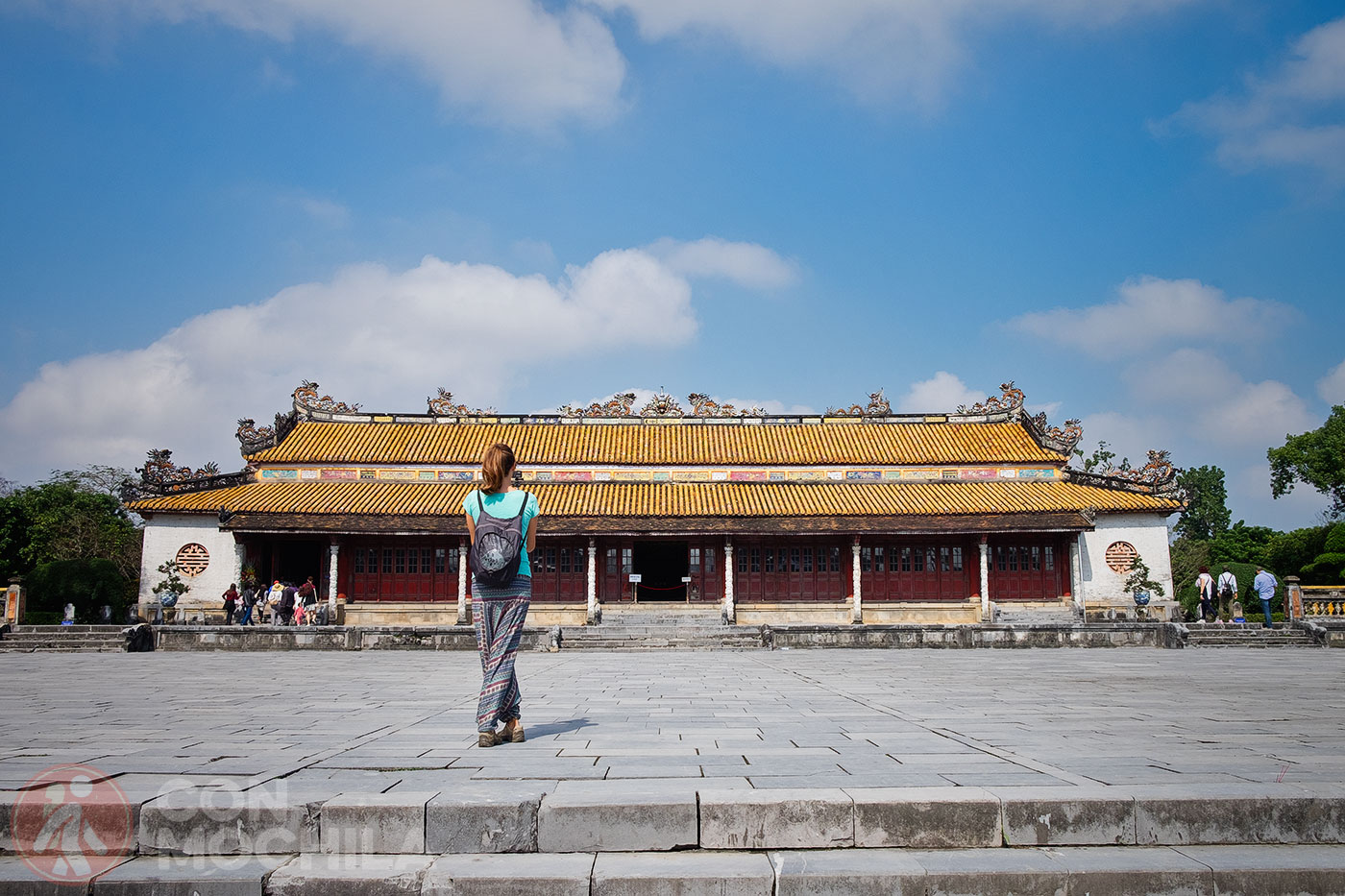
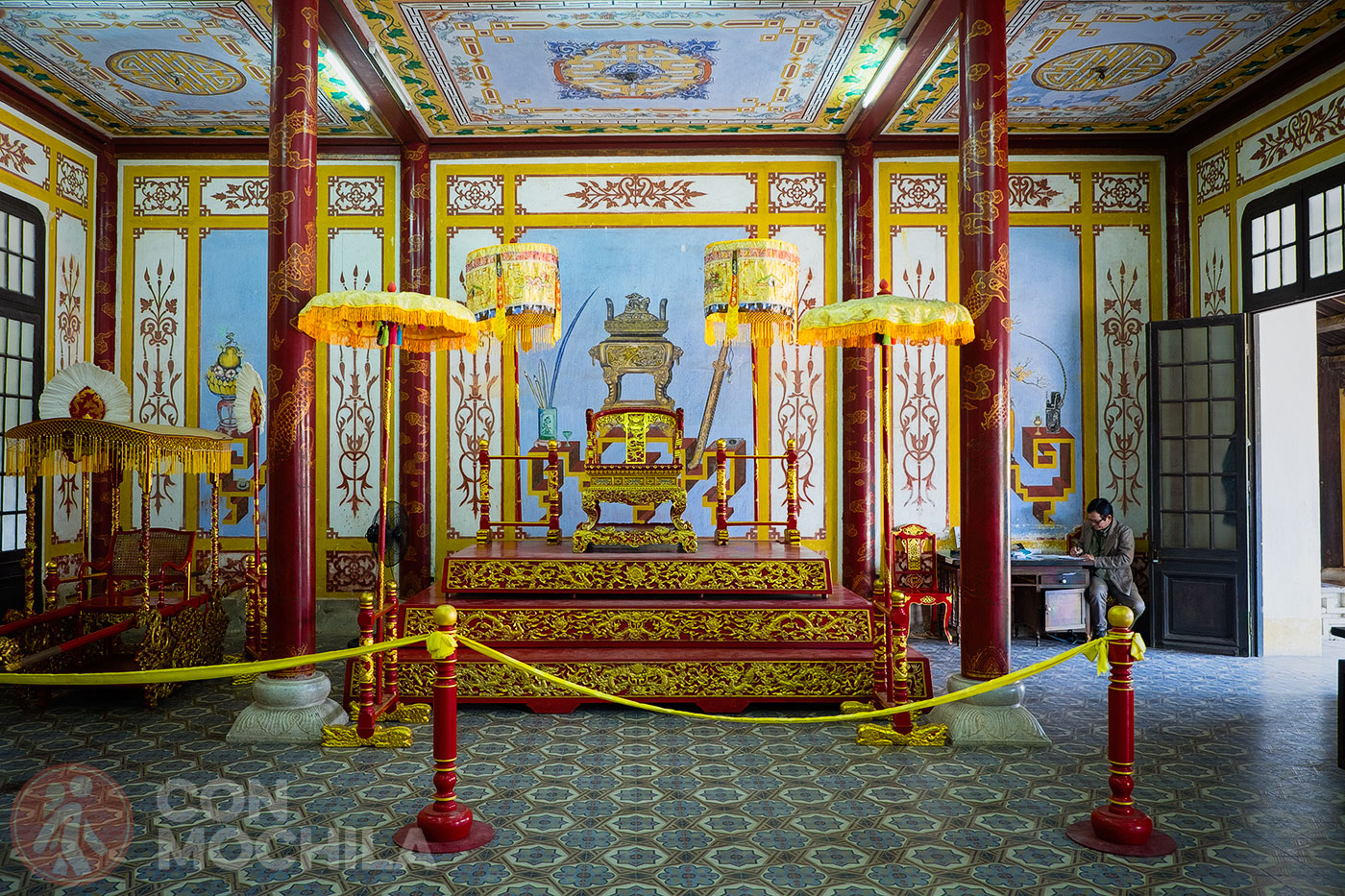
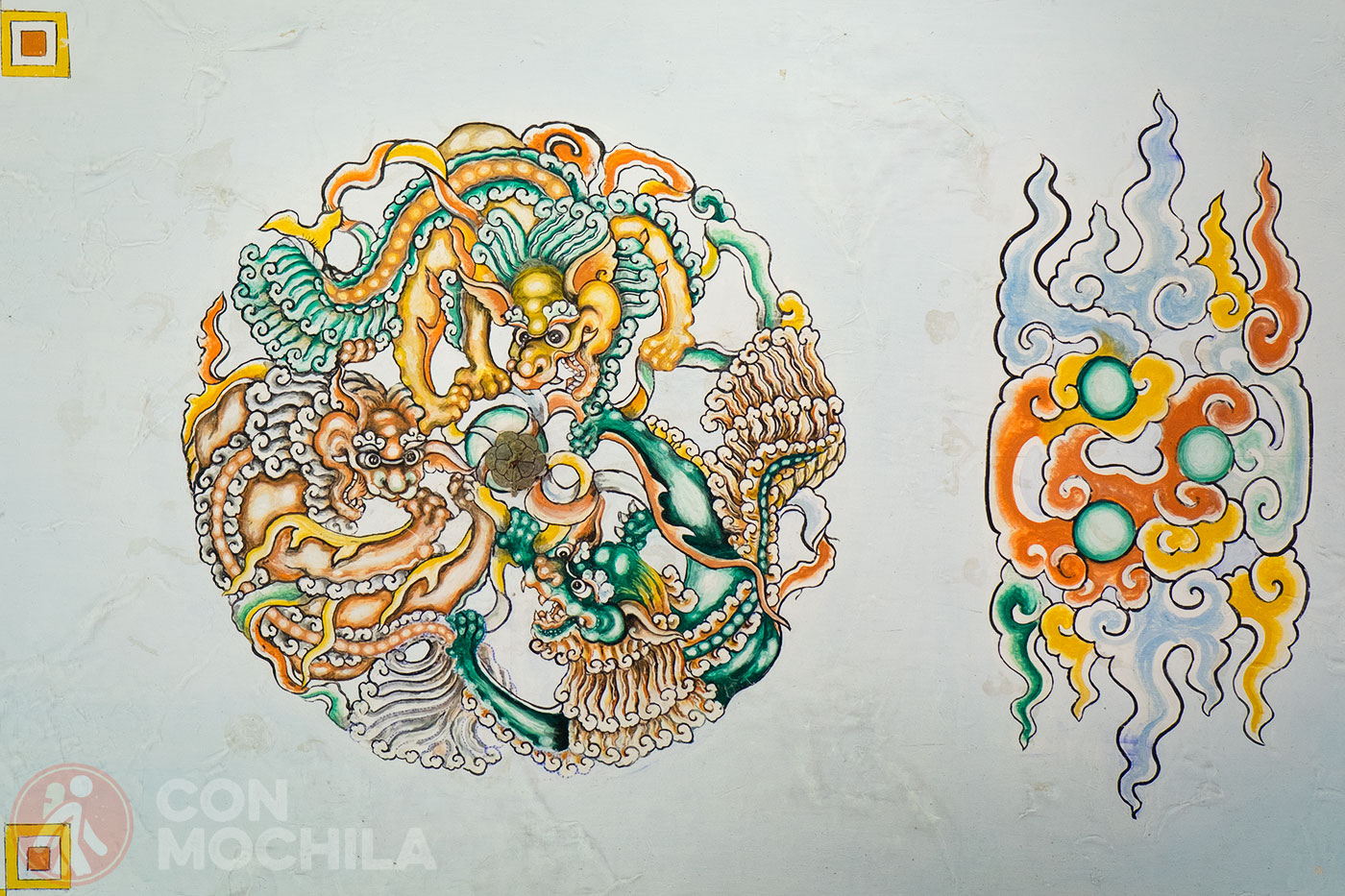
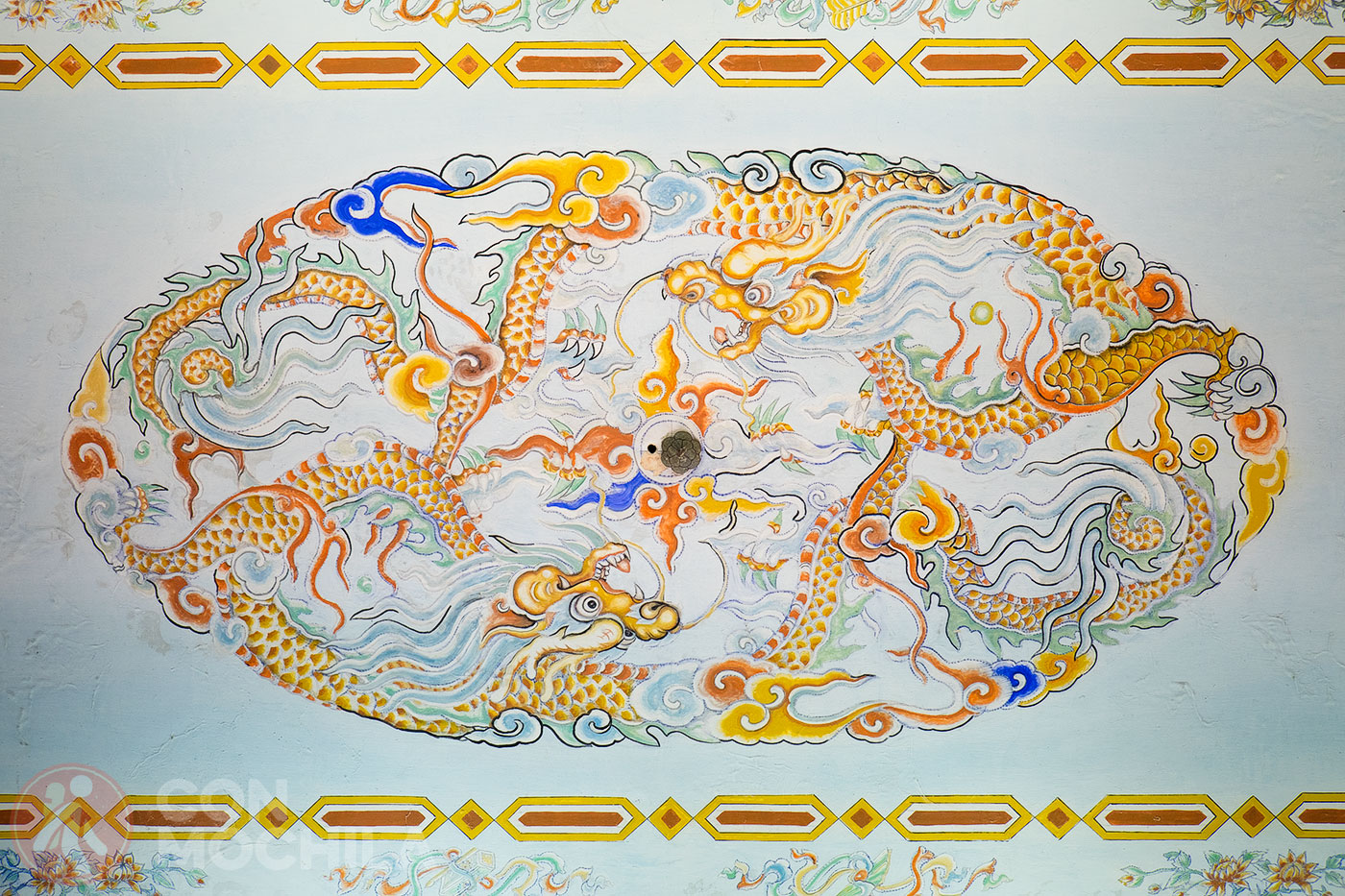
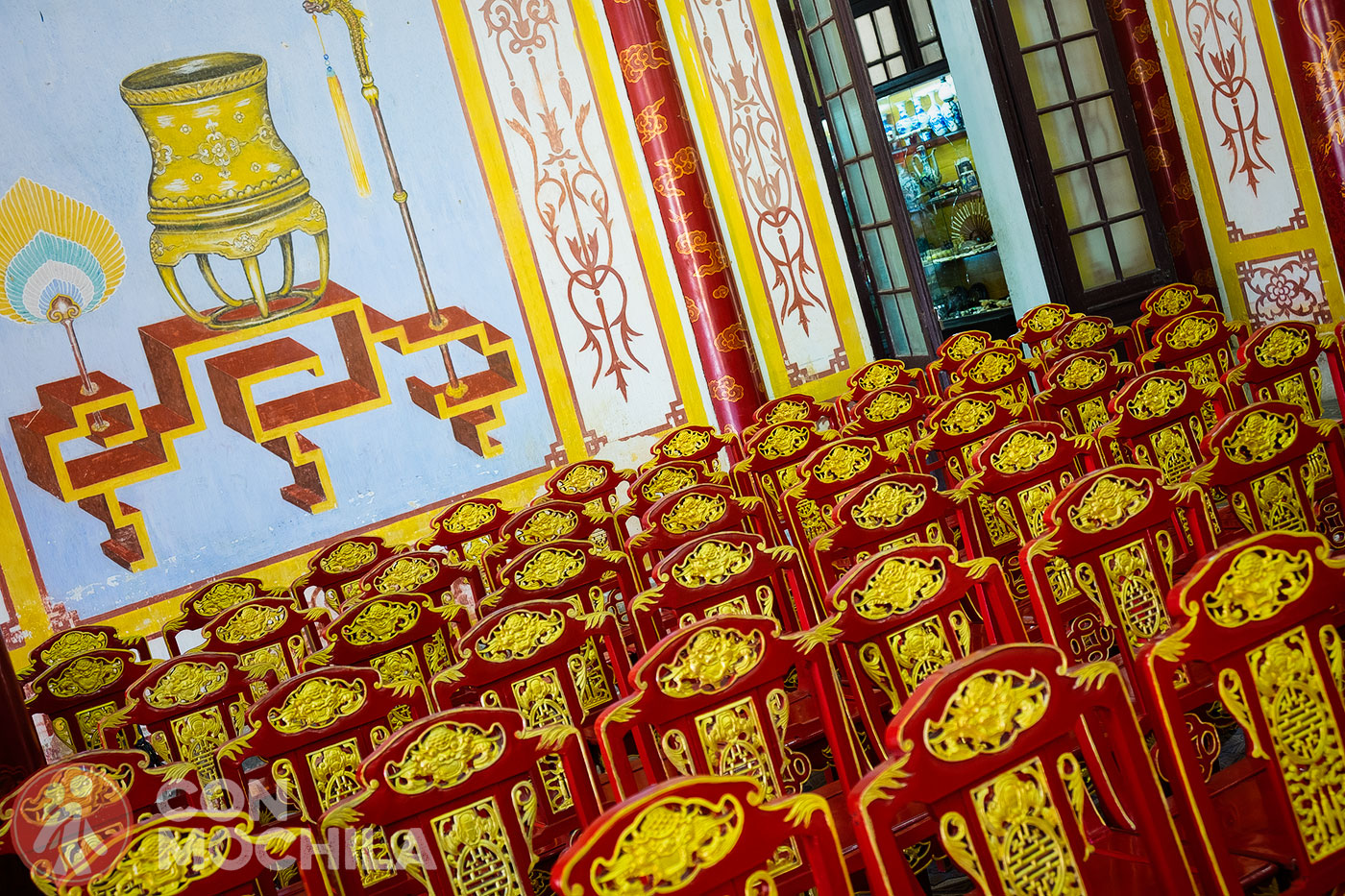
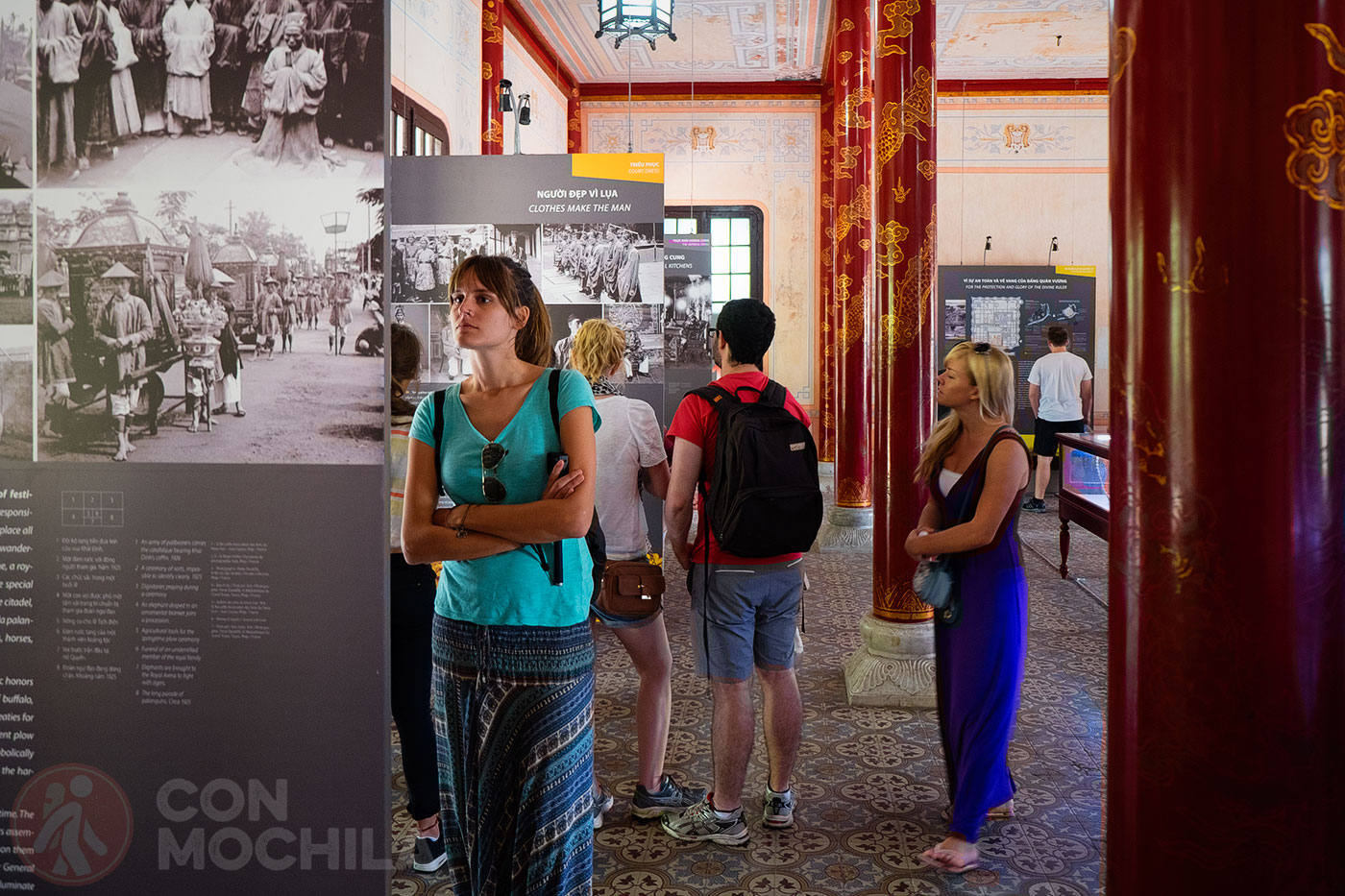
The palace is located on the Esplanade of the Great Salutation, where mandarins gathered to attend court ceremonies. This large courtyard features a pair of massive bronze cauldrons filled with water, known as vac dong.

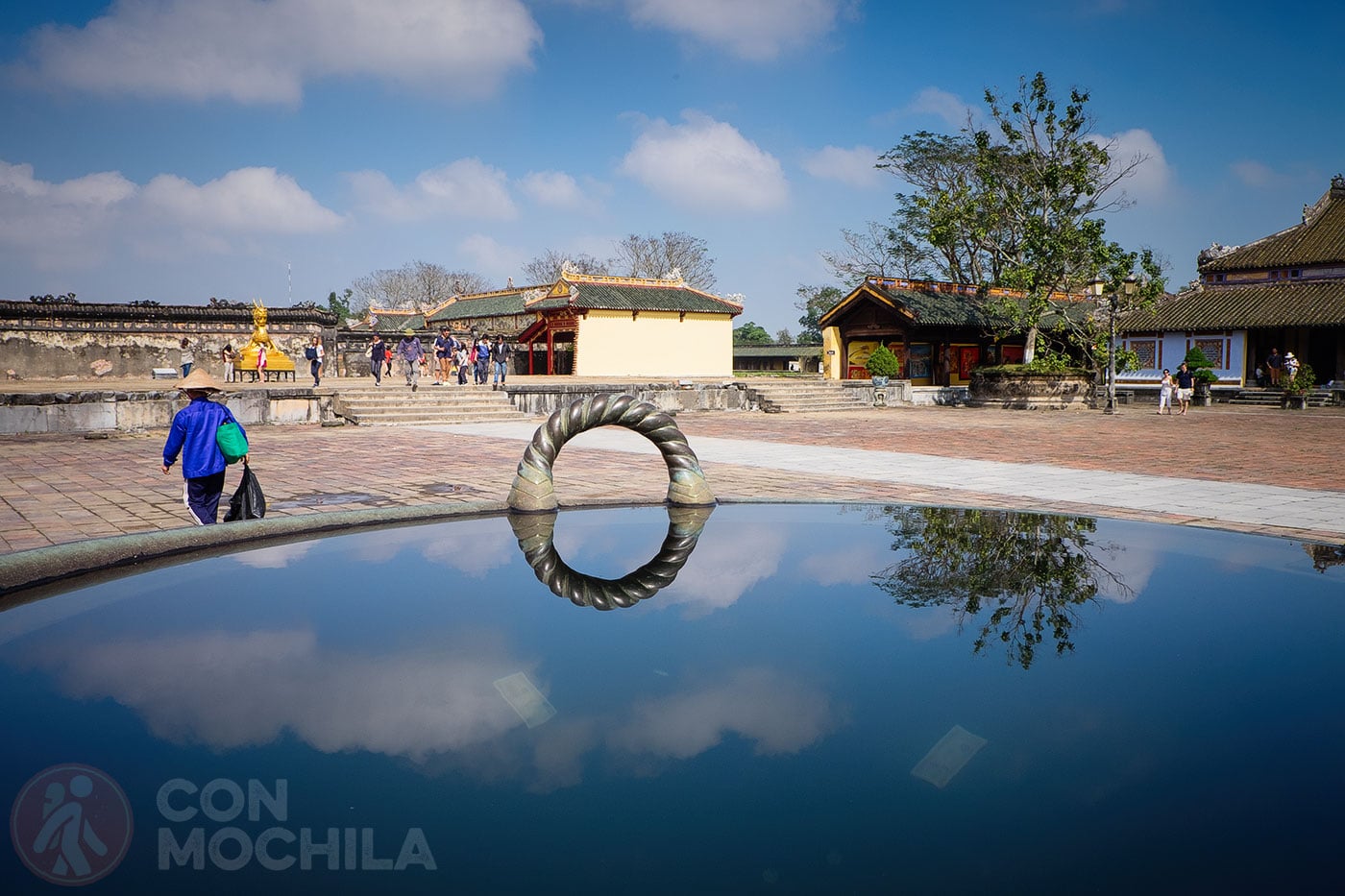
The Mandarin Halls are buildings where mandarins prepared for court ceremonies. They are situated behind Thai Hoa Palace, on either side of a courtyard. Inside, you can admire beautiful ornamentation and frescoes on the walls.
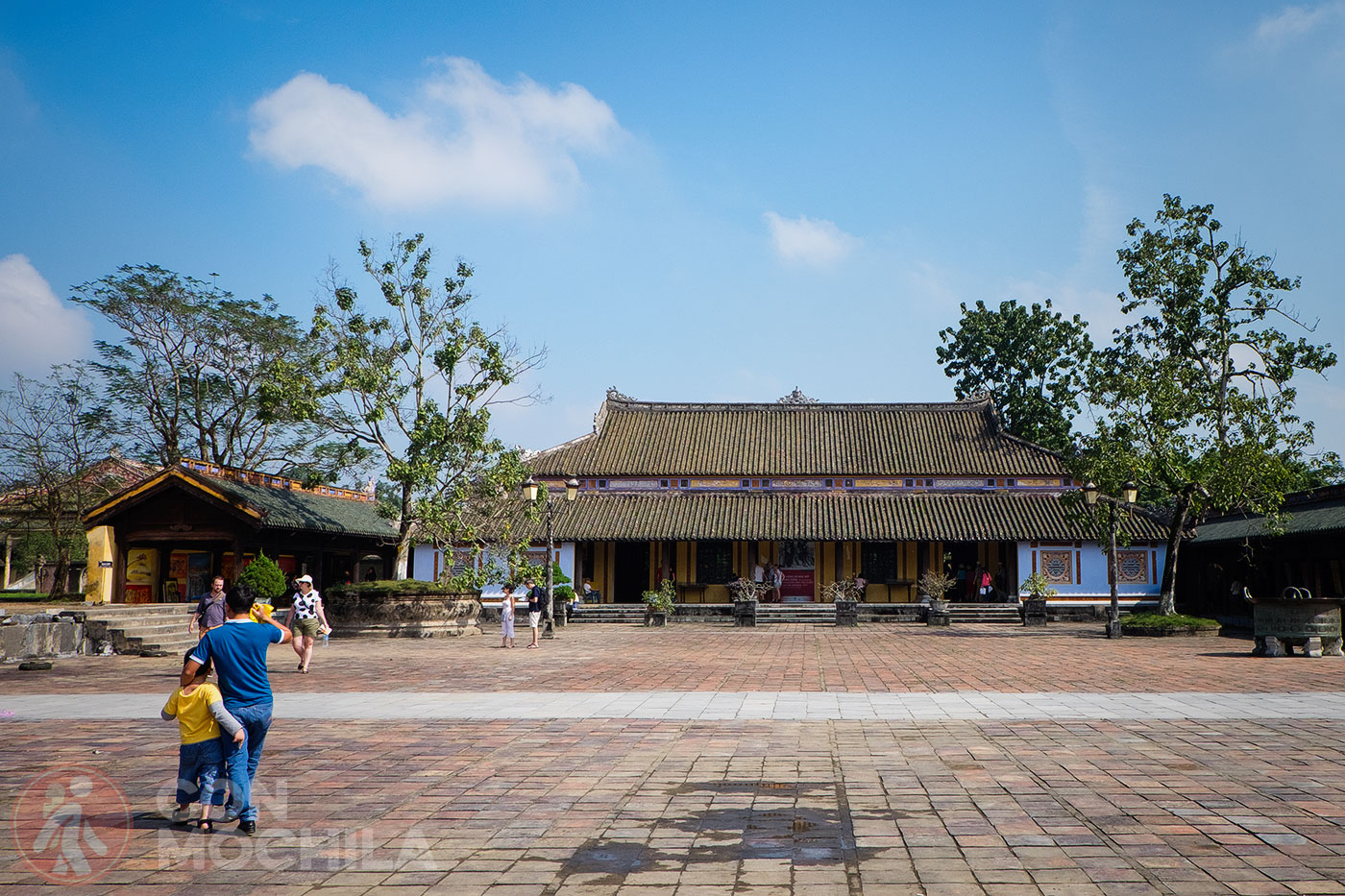
Near Chuong Duc Gate stands To Mieu Temple along with its annex buildings. Directly in front of the temple are the Nine Dynastic Urns, crafted between 1835 and 1836, each dedicated to a ruler of the Nguyen Dynasty.
These urns stand approximately 2 meters tall and weigh around 2 tons each. The central urn is the largest and is dedicated to Gia Long.
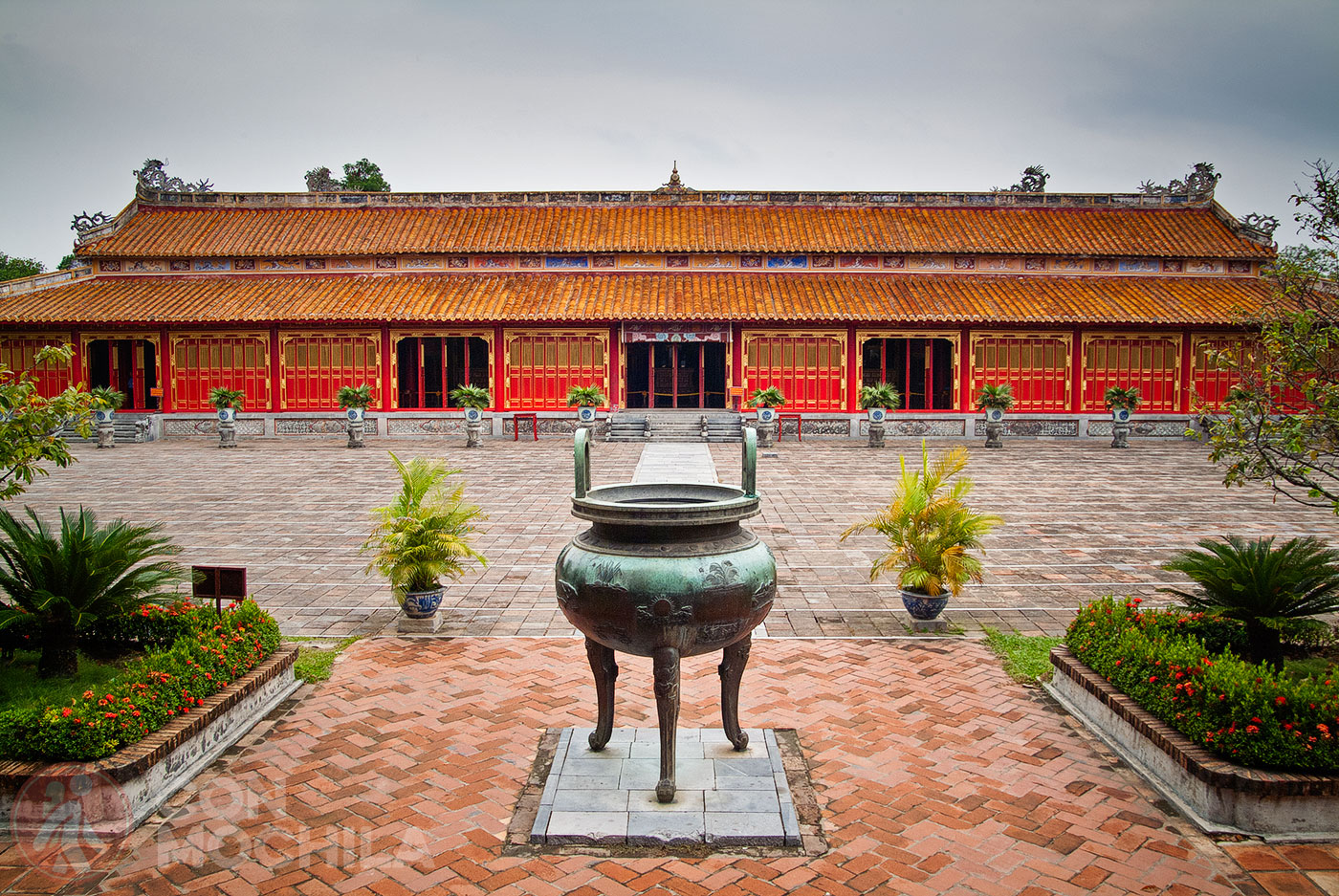
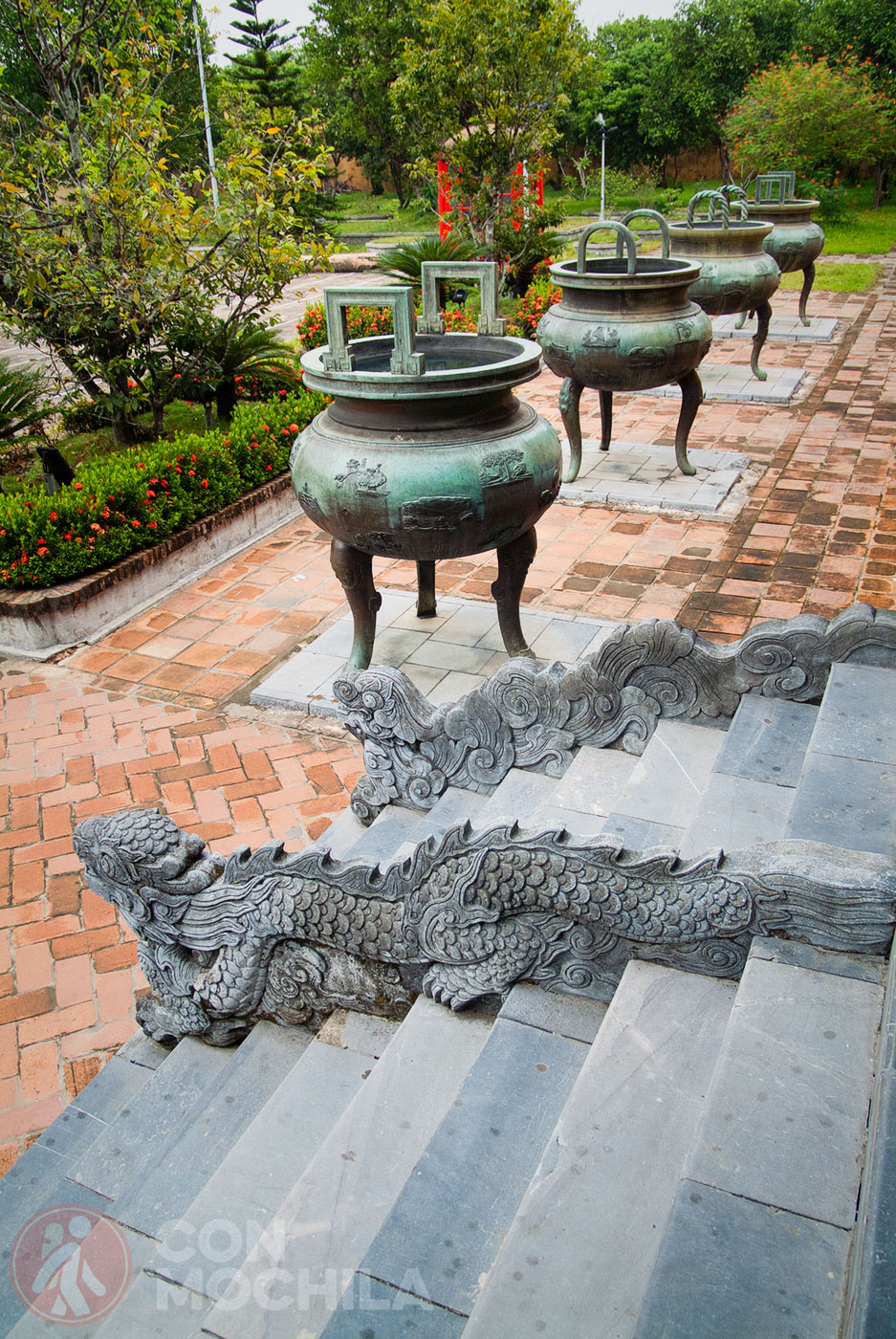
Another significant building within Hue’s Citadel is Hung Mieu Temple, dedicated to the worship of Emperor Gia Long’s parents (Mr. Luan Nguyen Phuc and his wife).
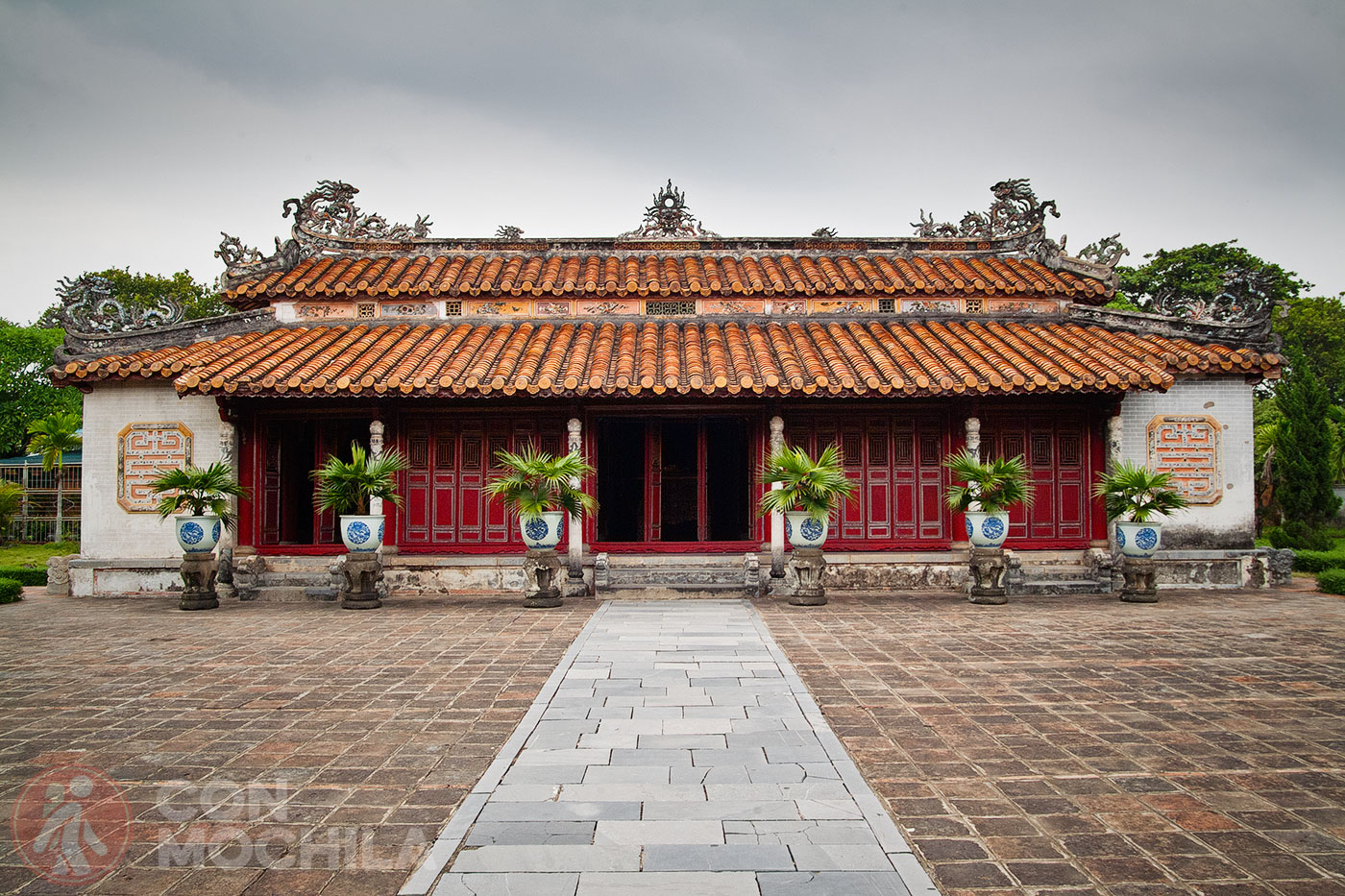
A great place to rest during your visit is Co Ha Garden, a tranquil space with a pond, which in the past was used by princes for studying or simply enjoying nature.
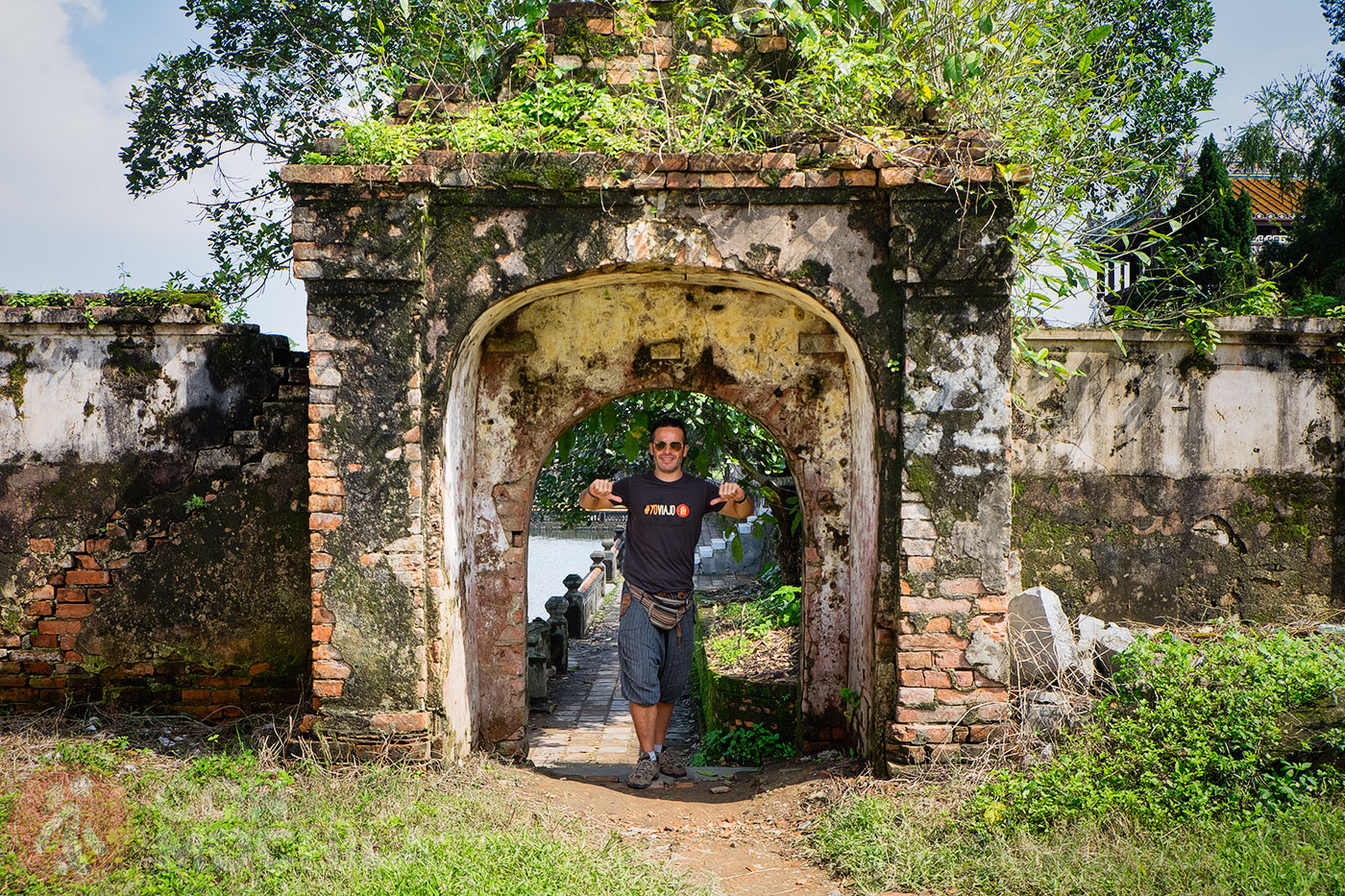
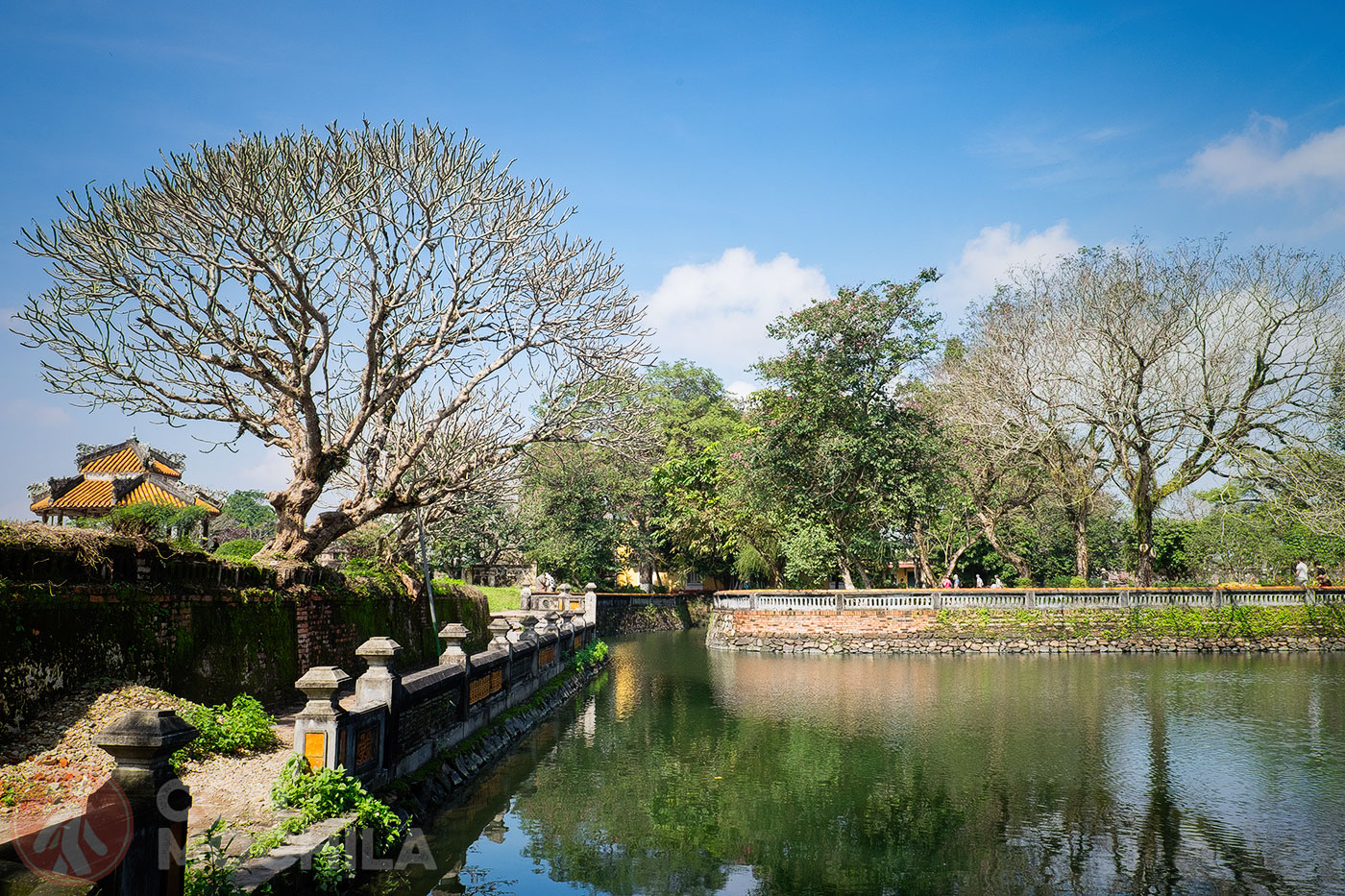
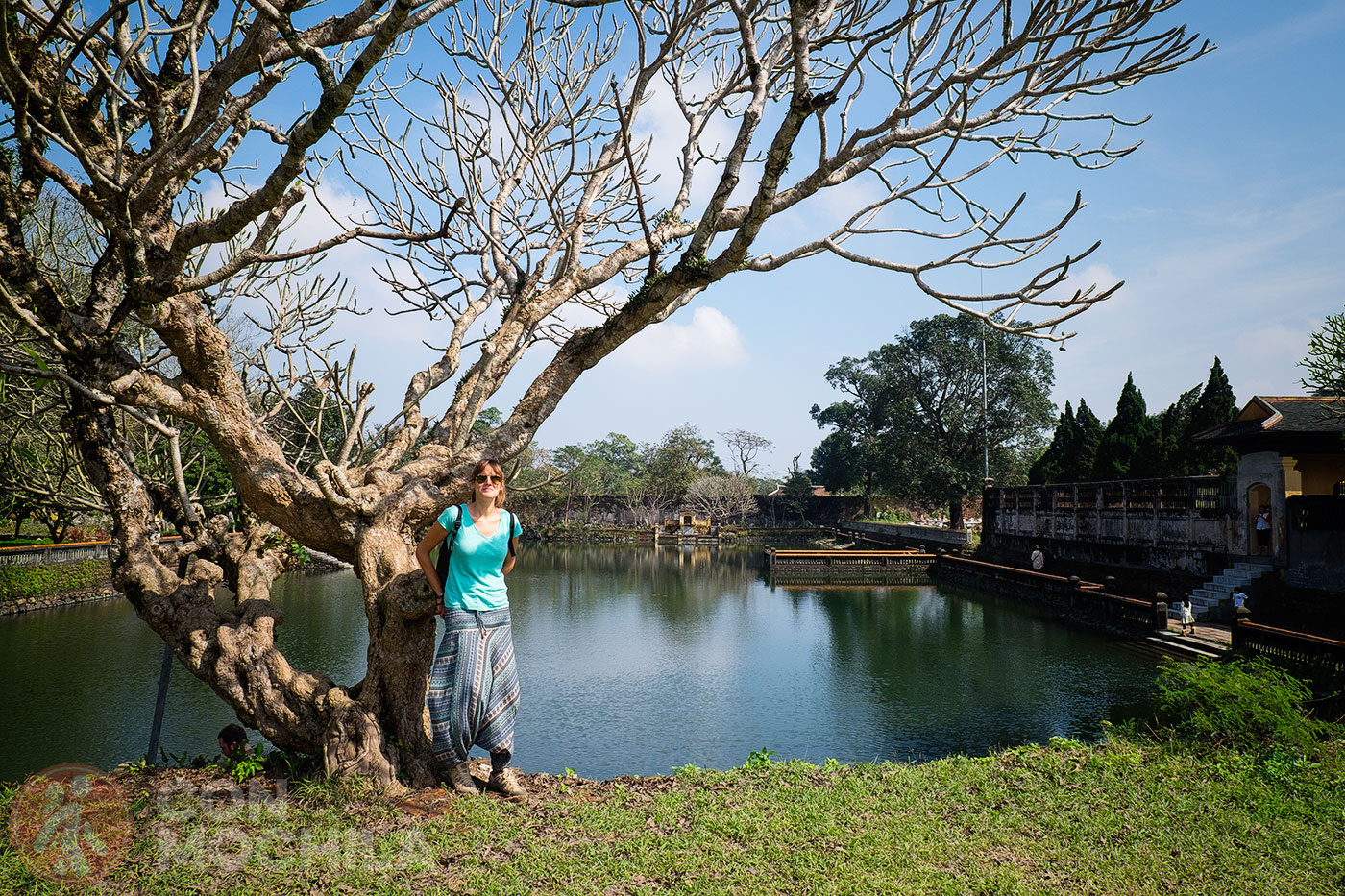
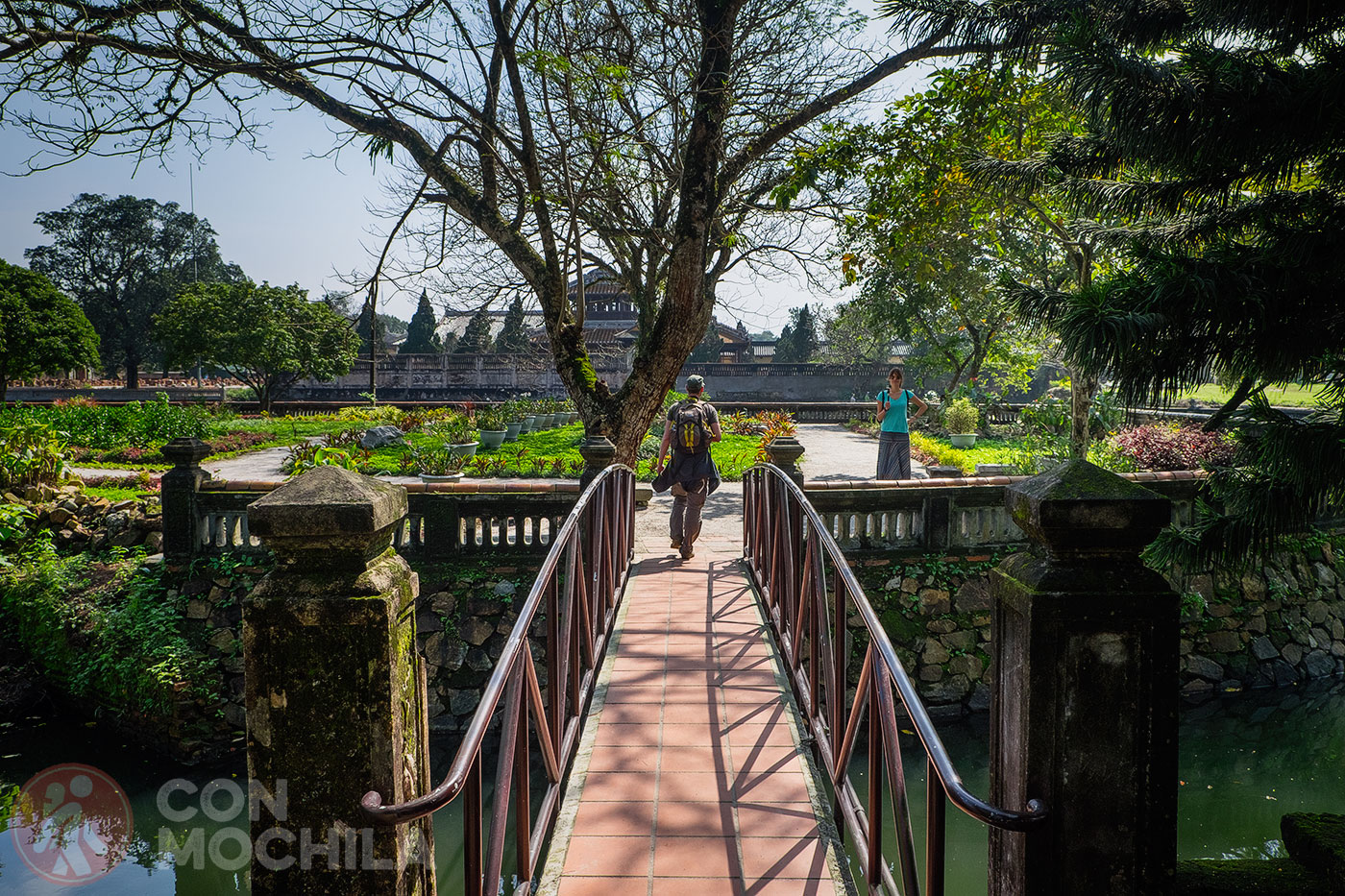
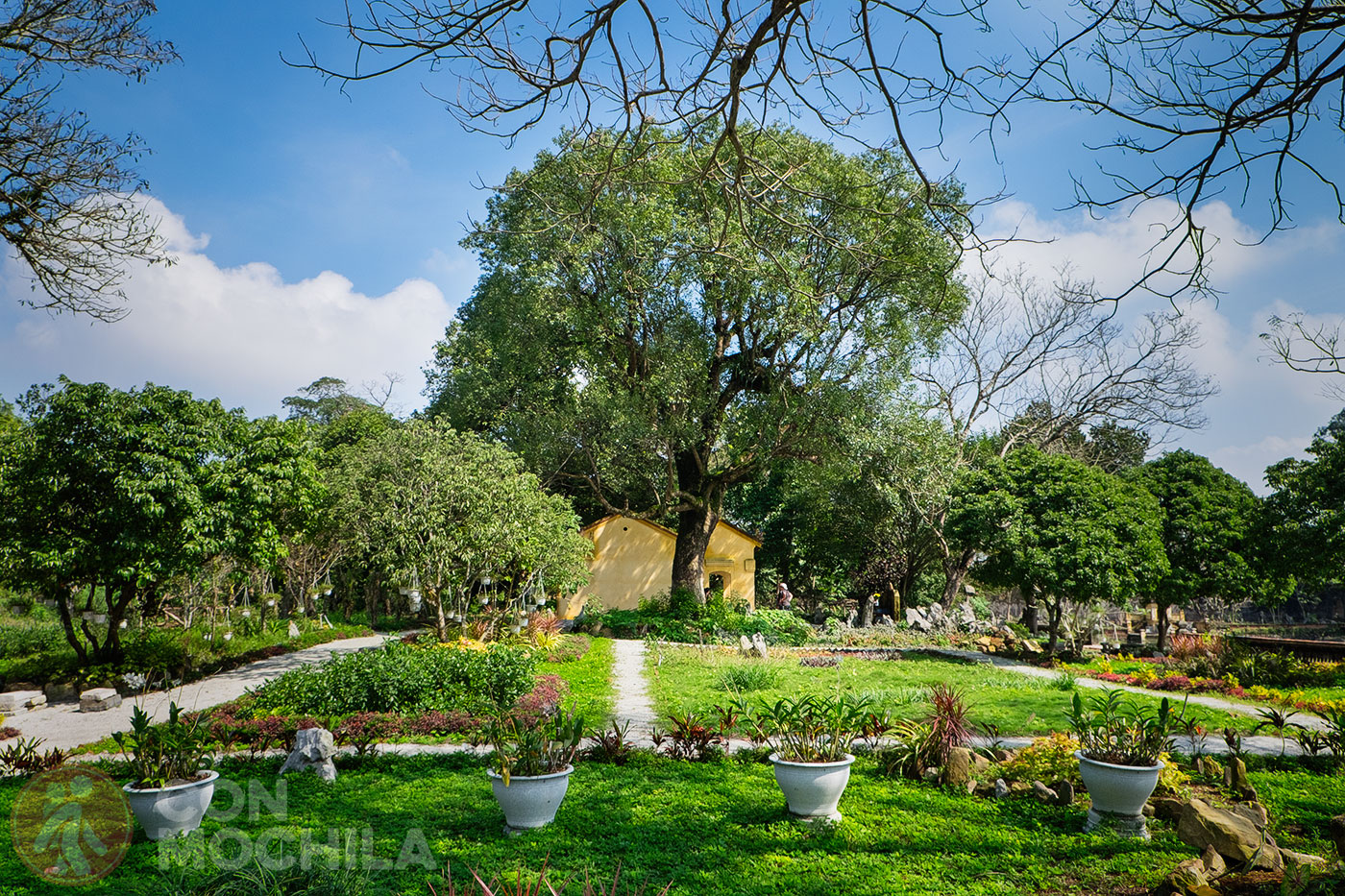
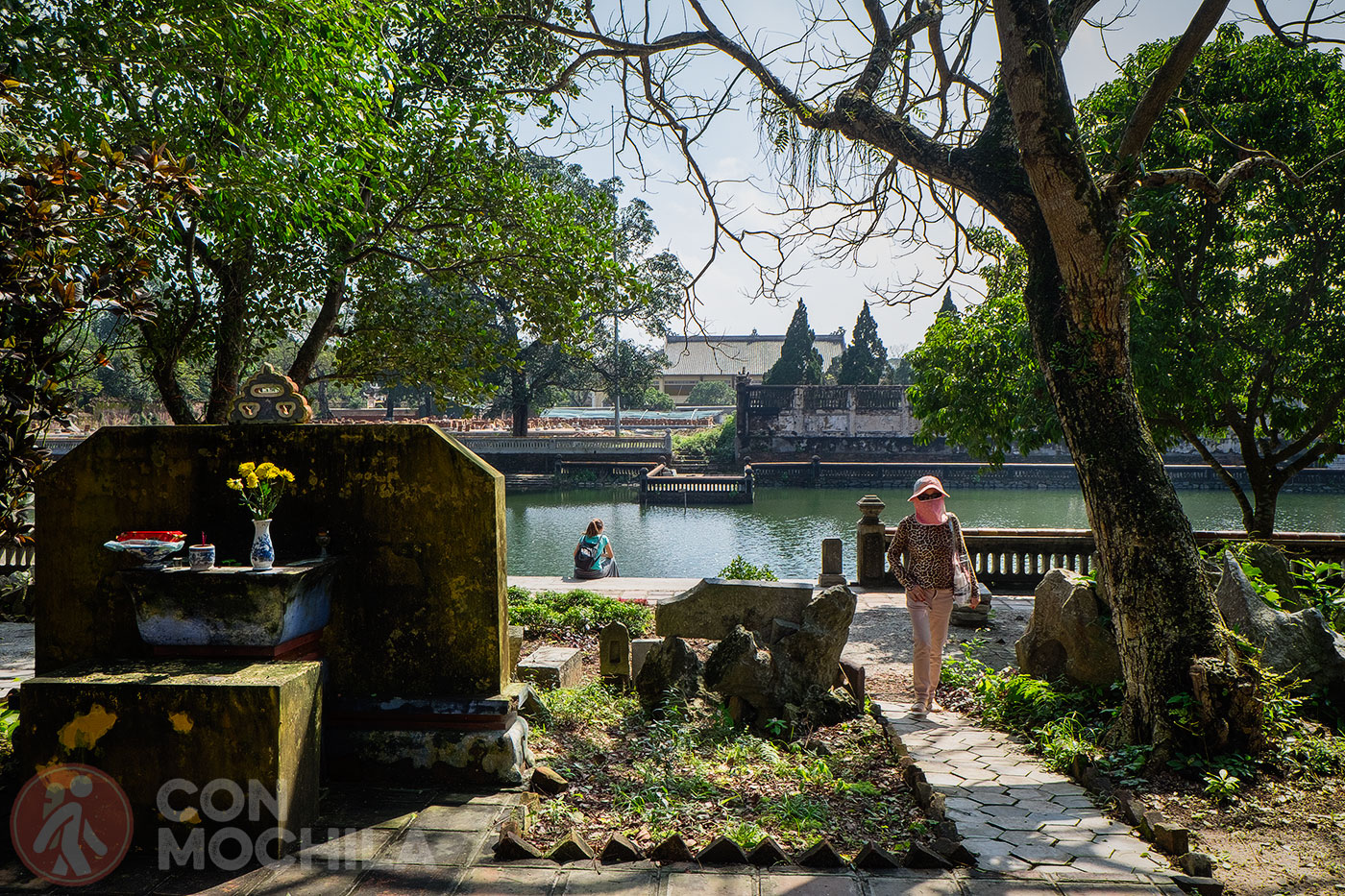
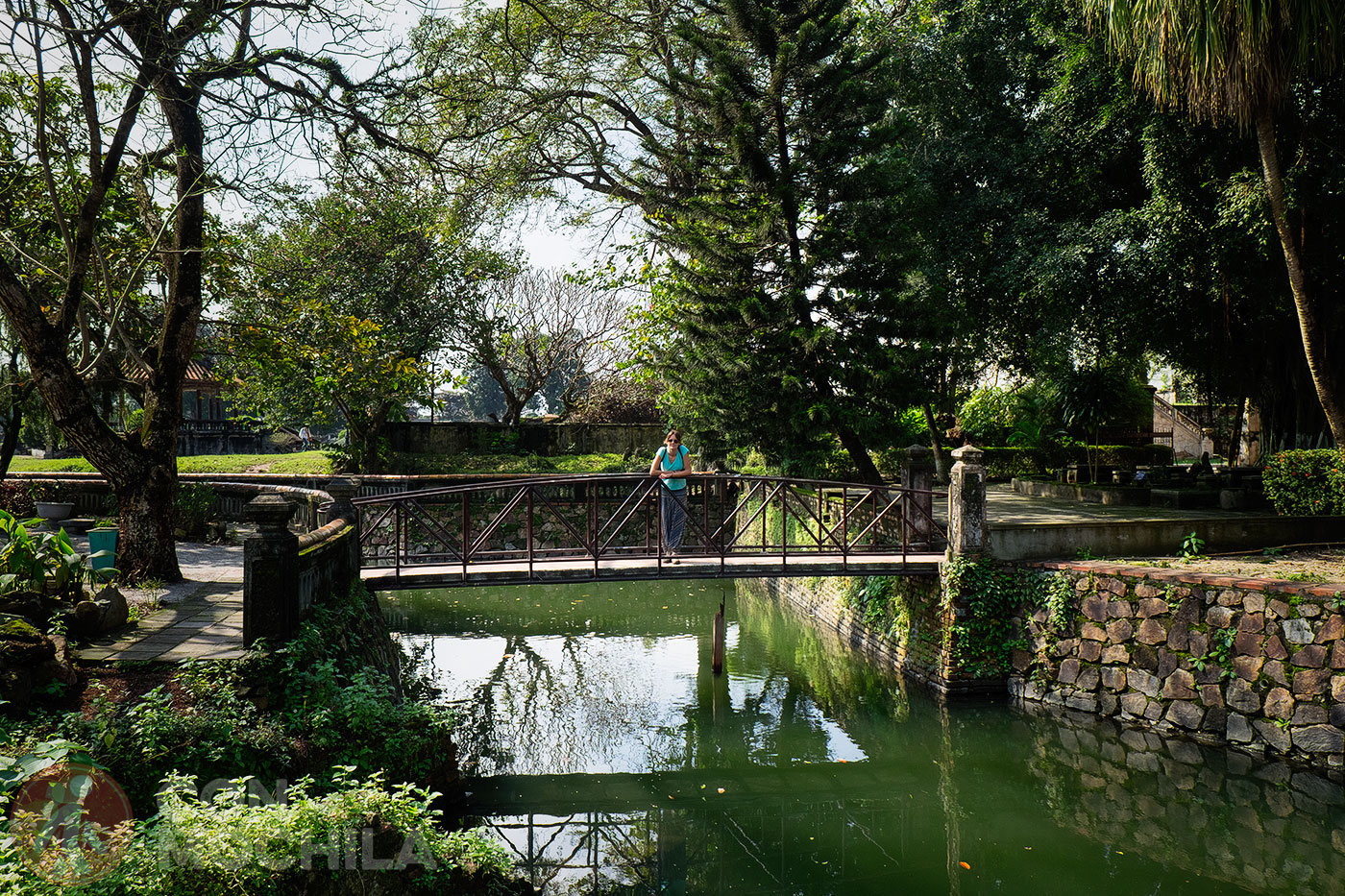
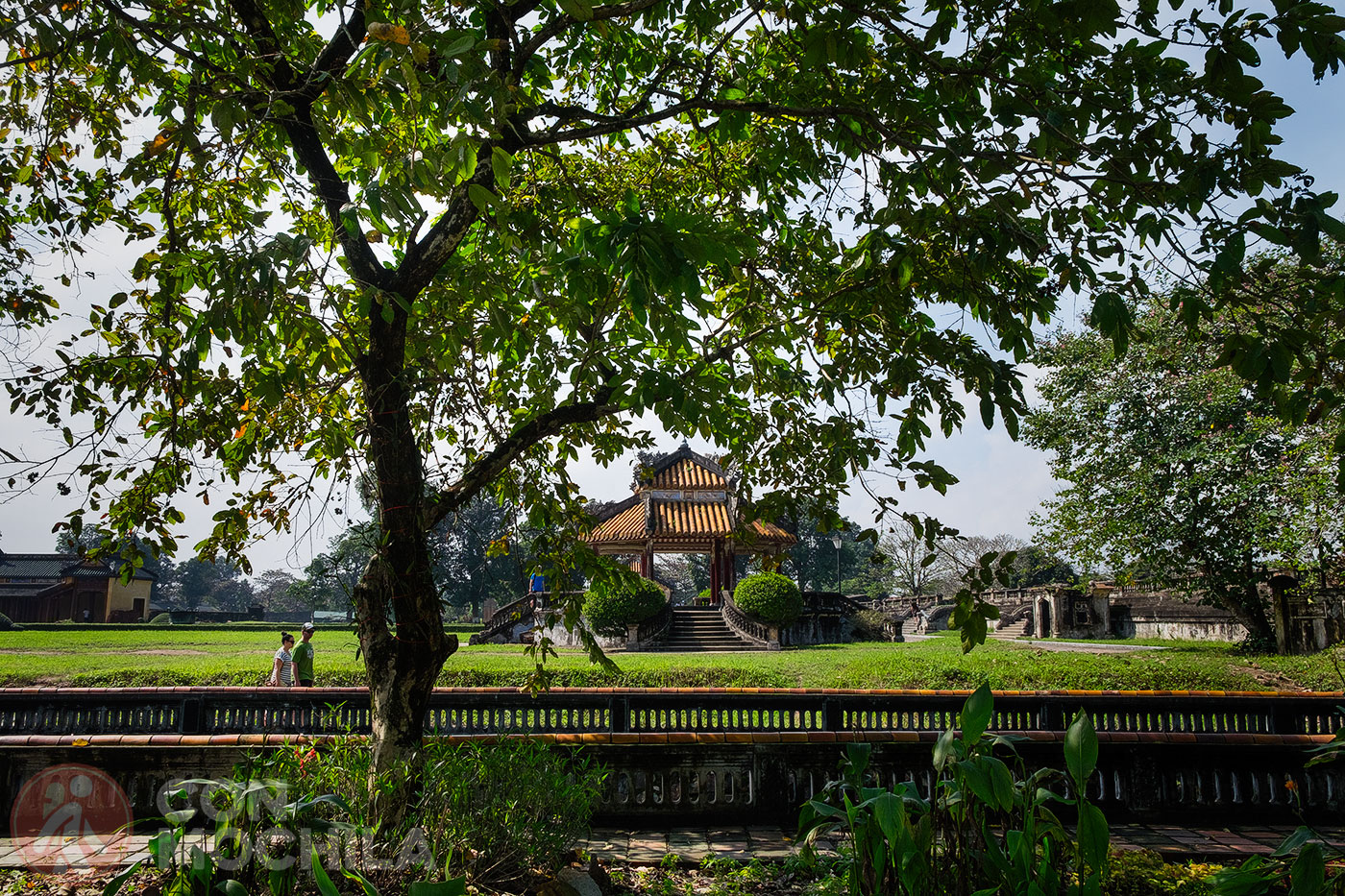
The Forbidden Purple City (also called the Forgotten Purple City) was almost completely destroyed and is currently undergoing continuous restoration. Nearby, you can find the Royal Library, which served as the emperor’s reading room. Access to the library is through two restored pavilions on either side of the entrance.
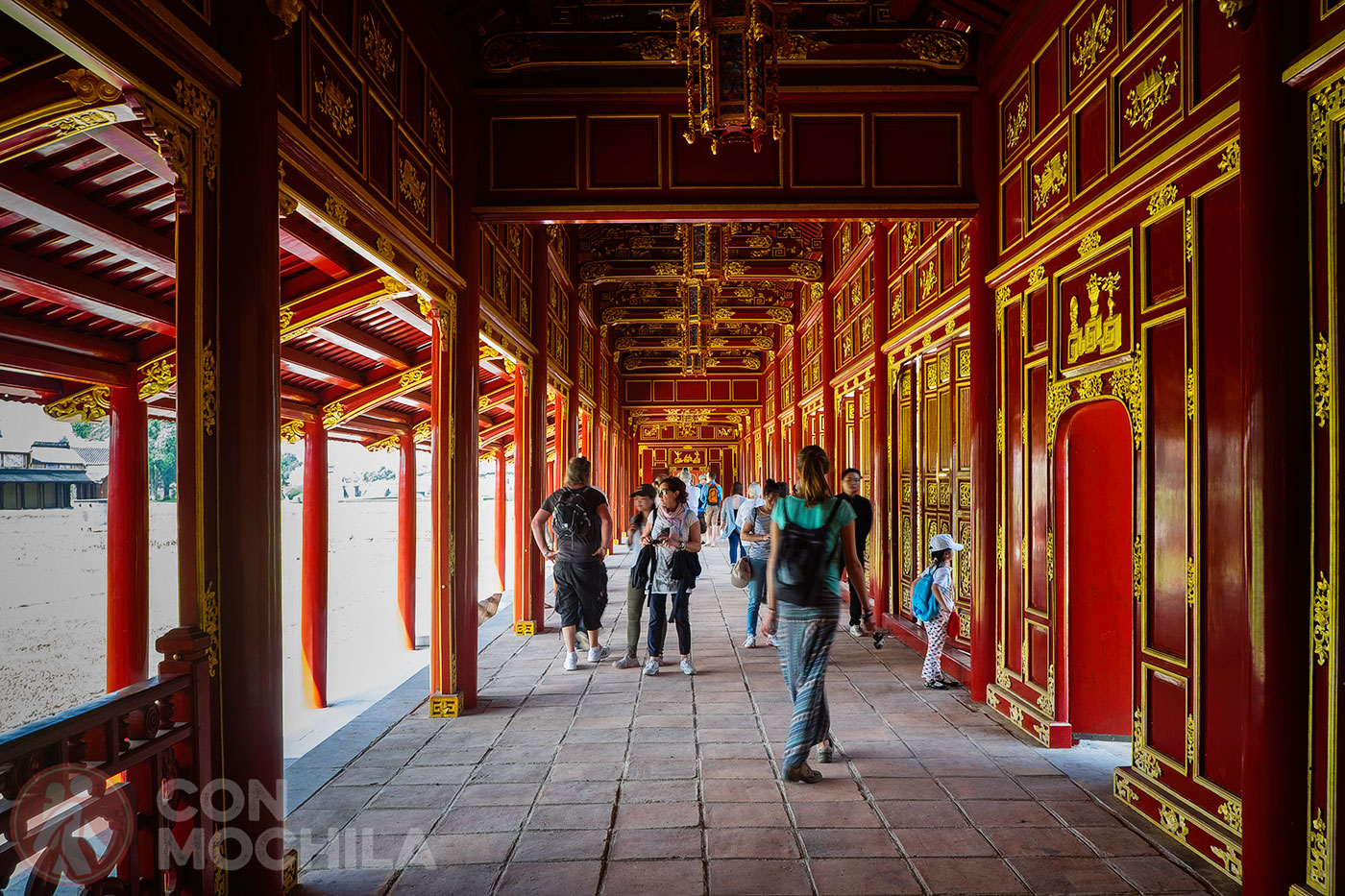
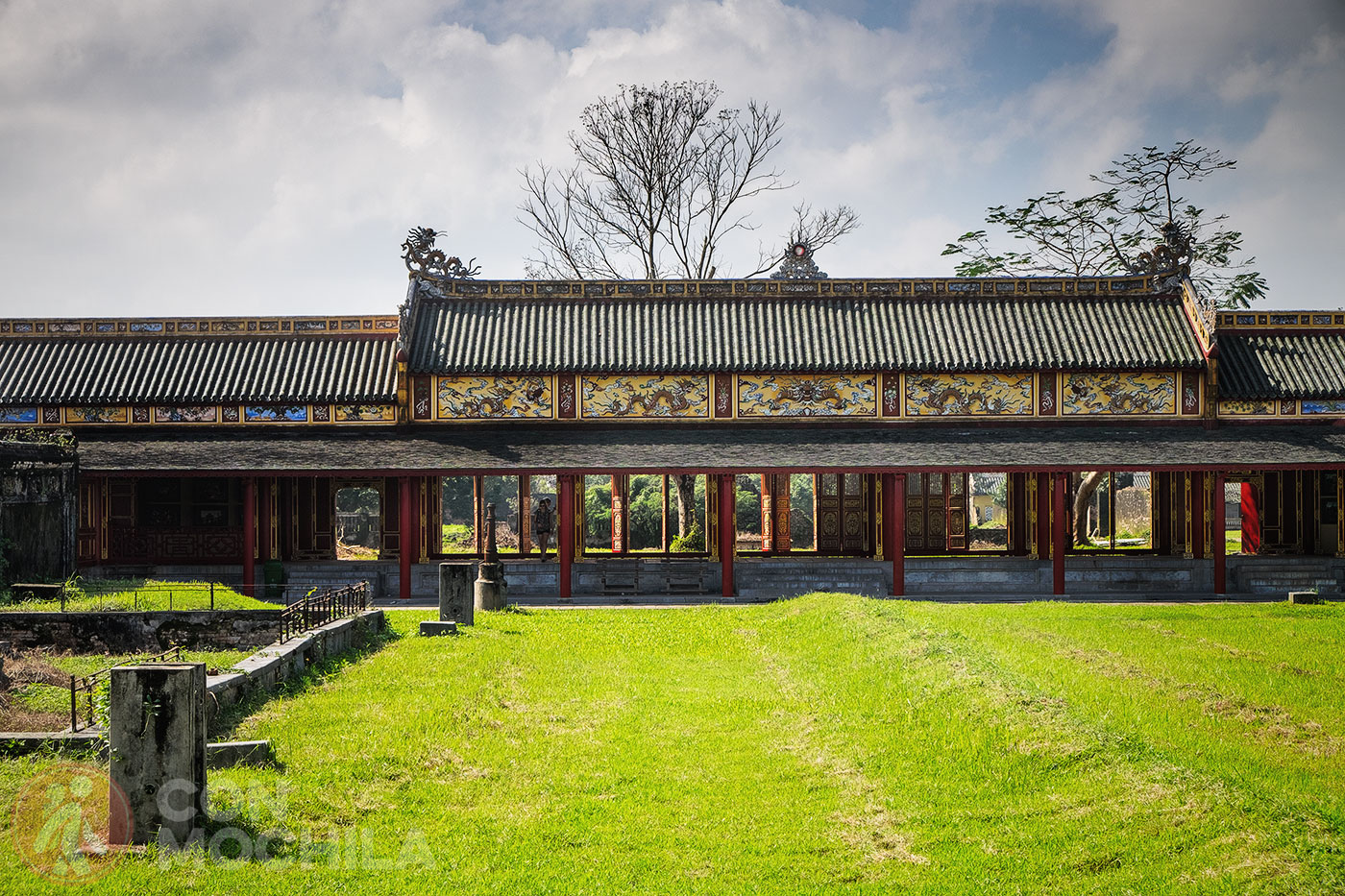
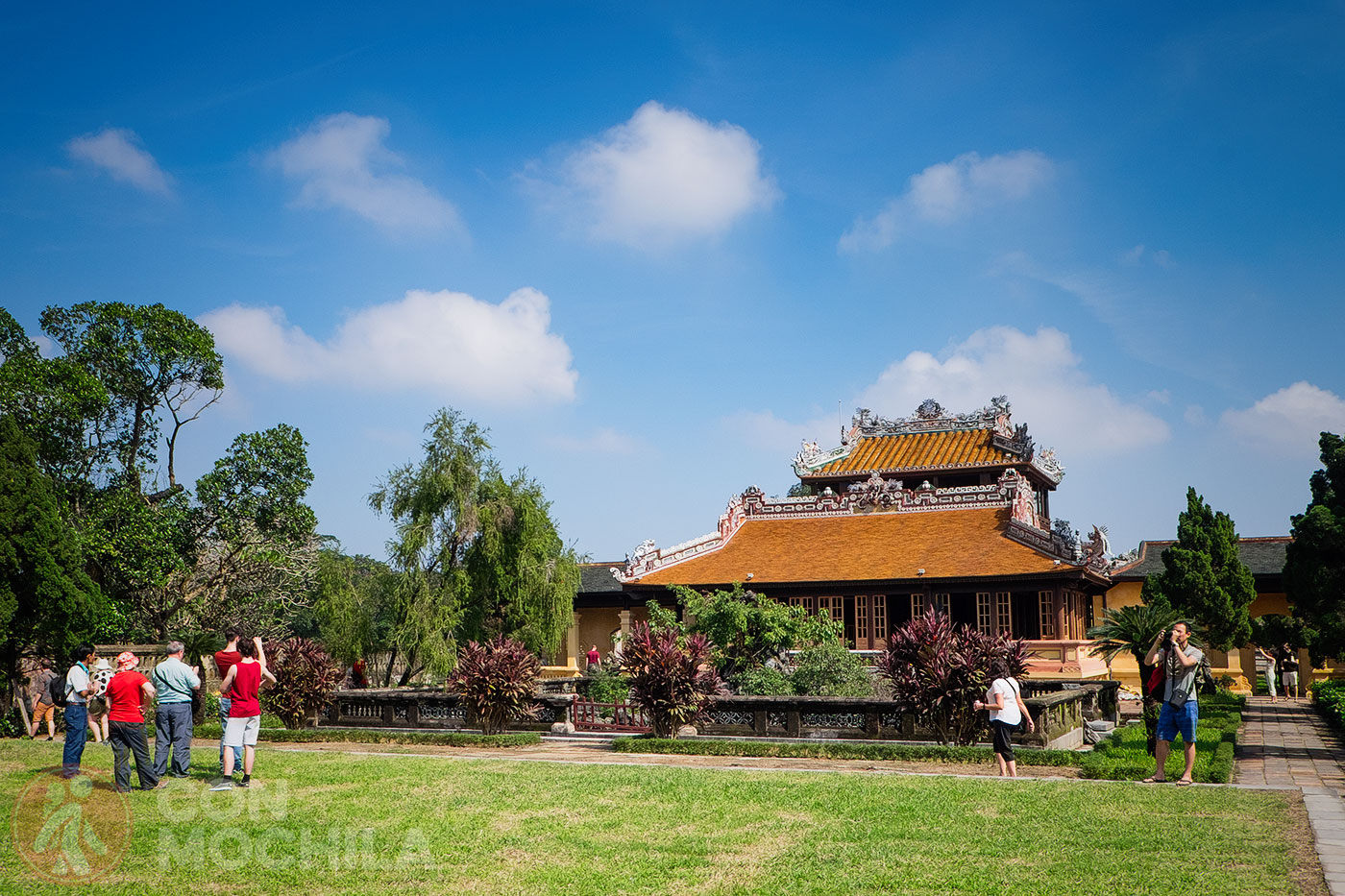
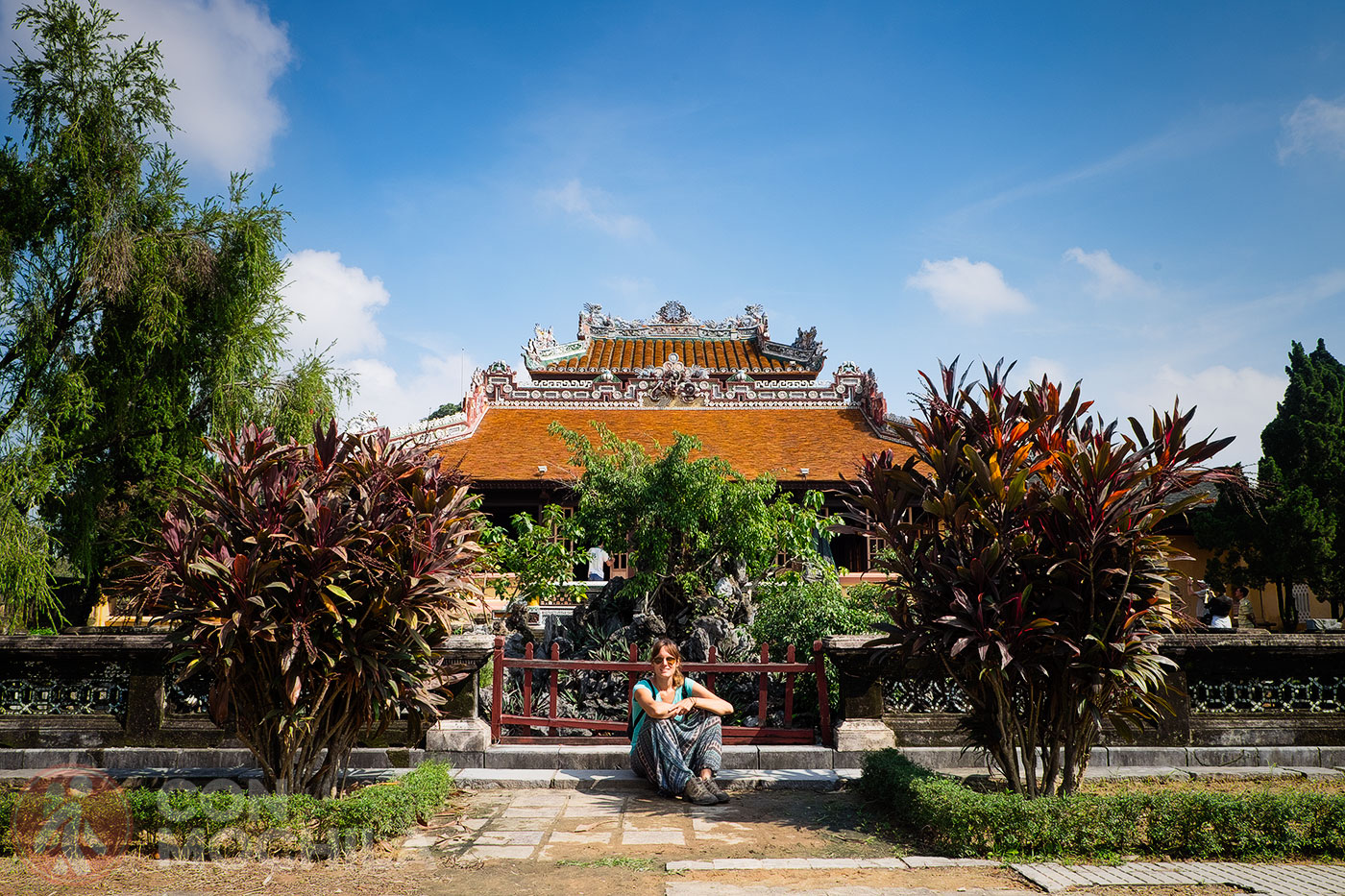
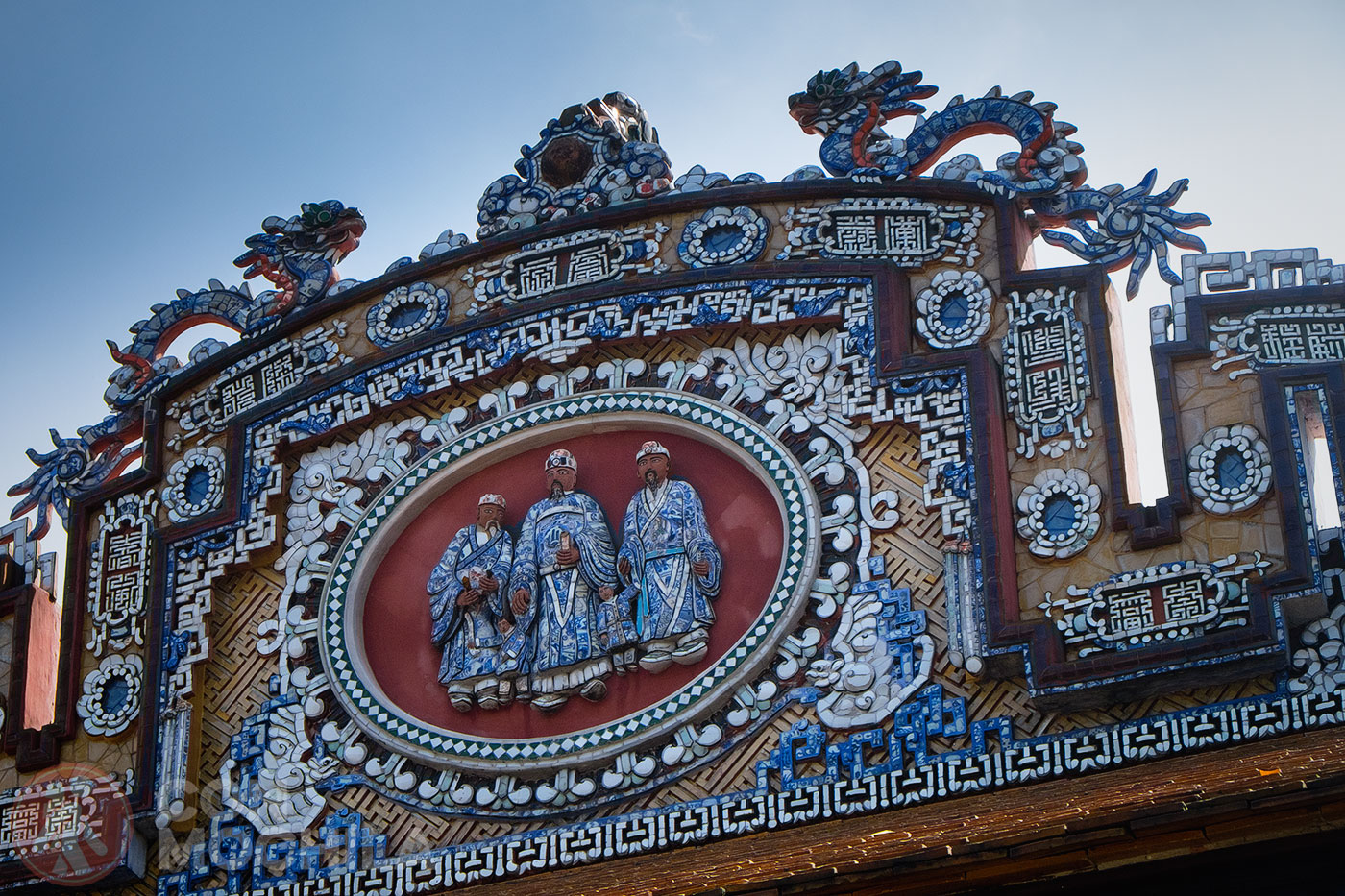
To complete your tour of Hue’s Citadel, simply follow the paths leading to one of the exit gates, such as Chuong Duc Gate.
